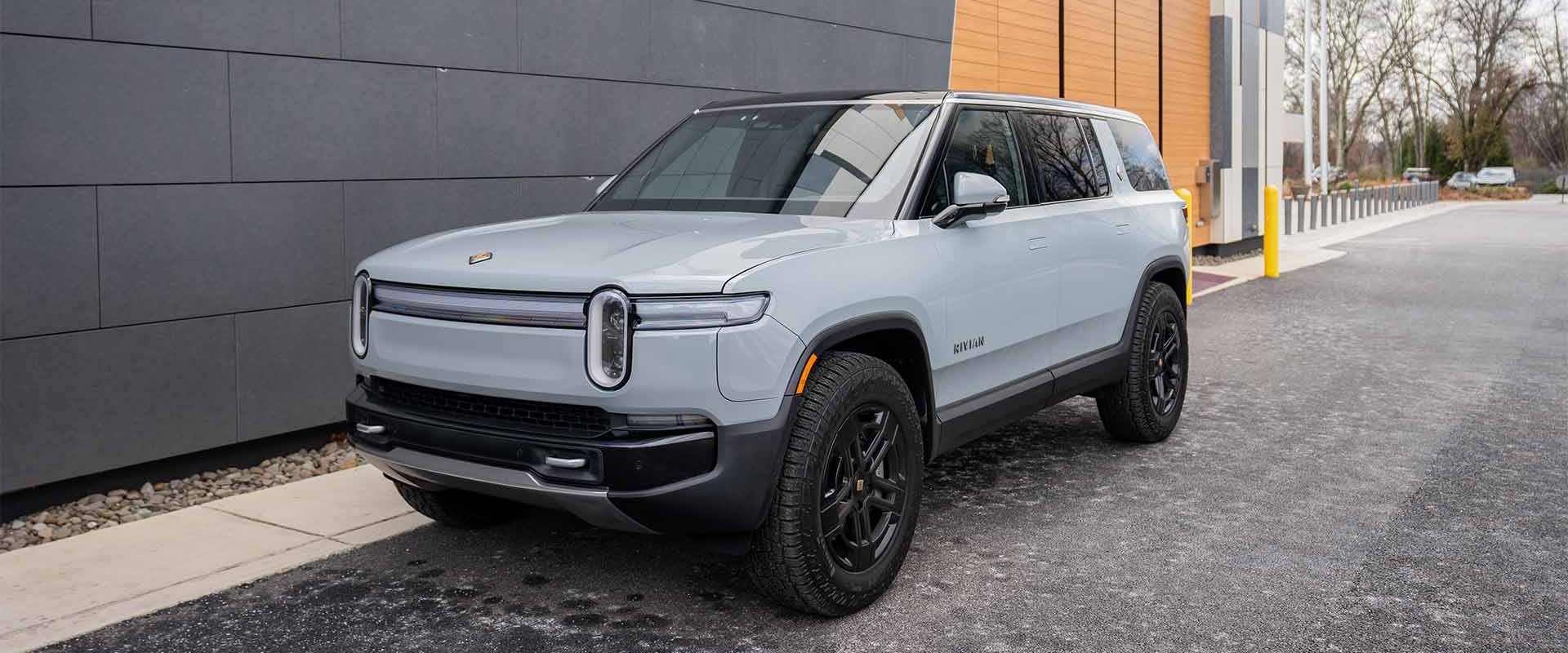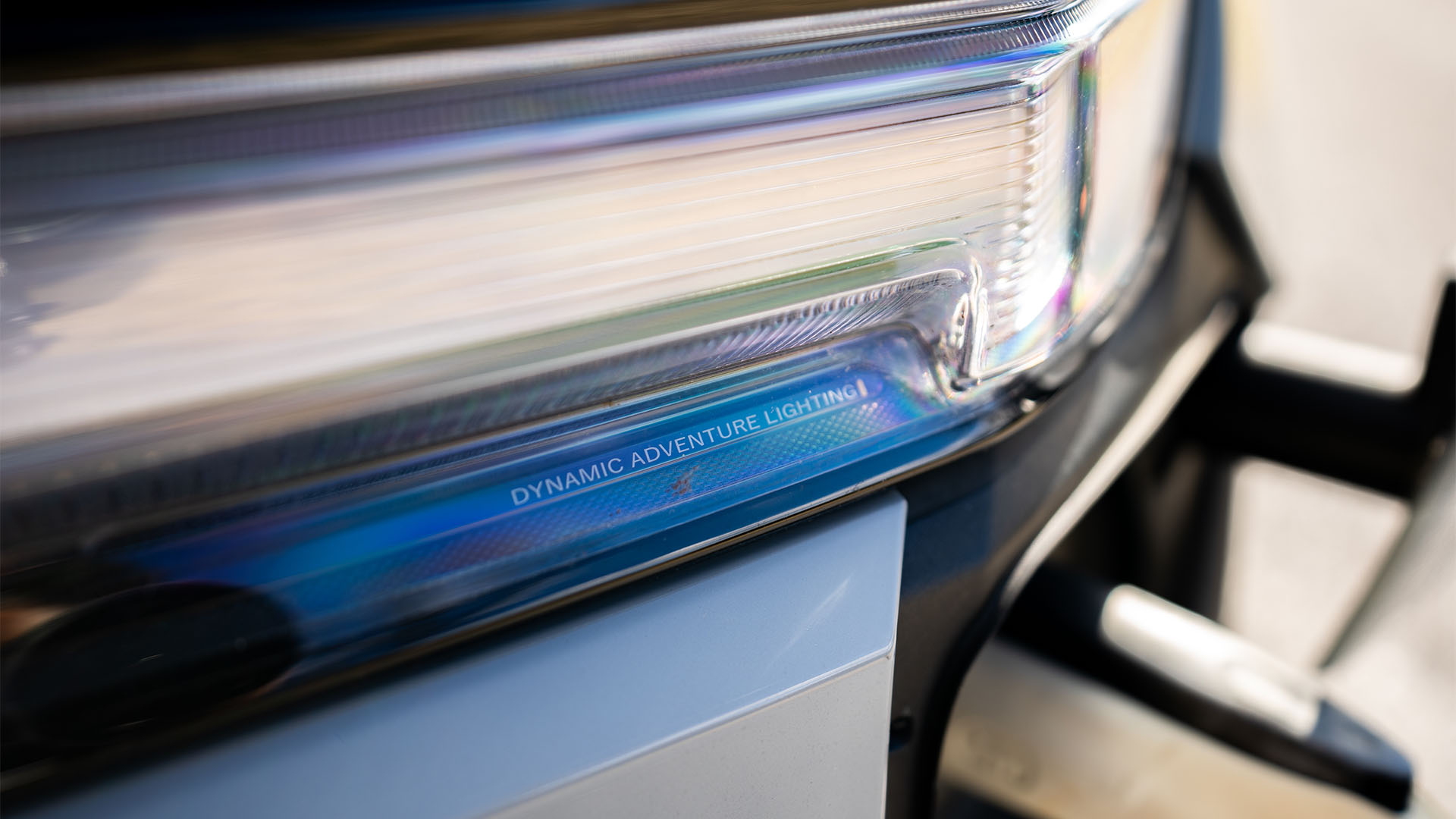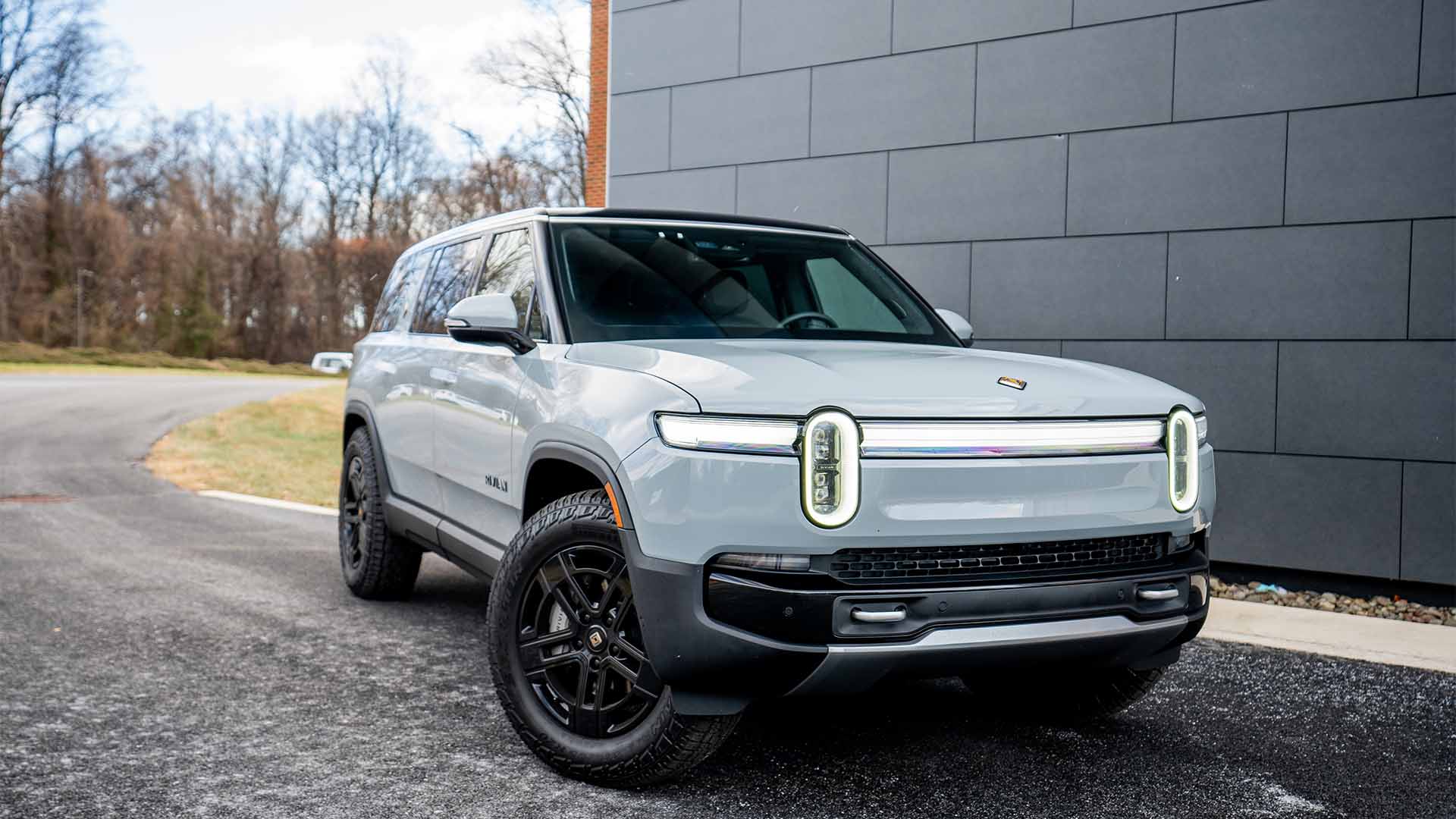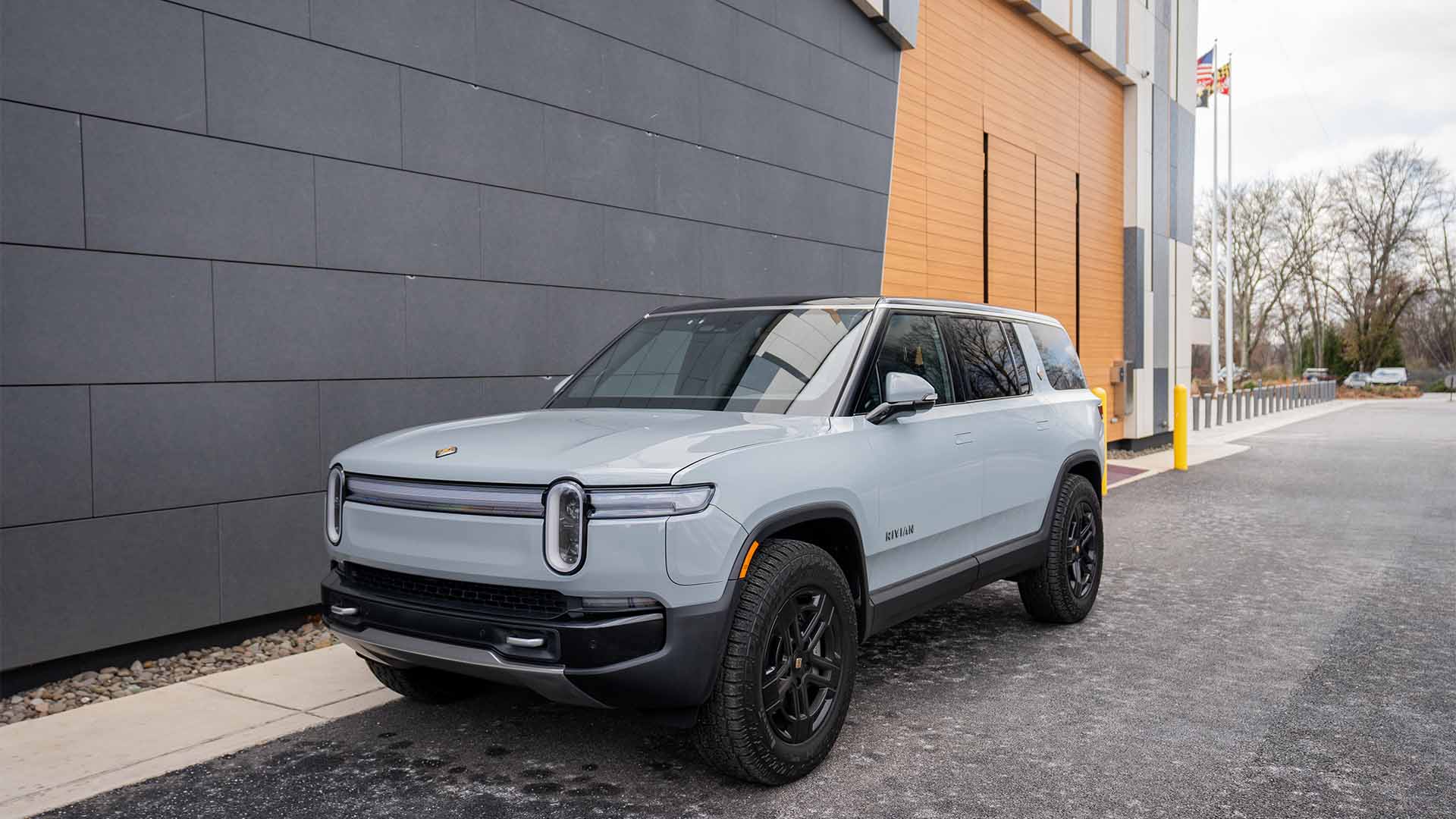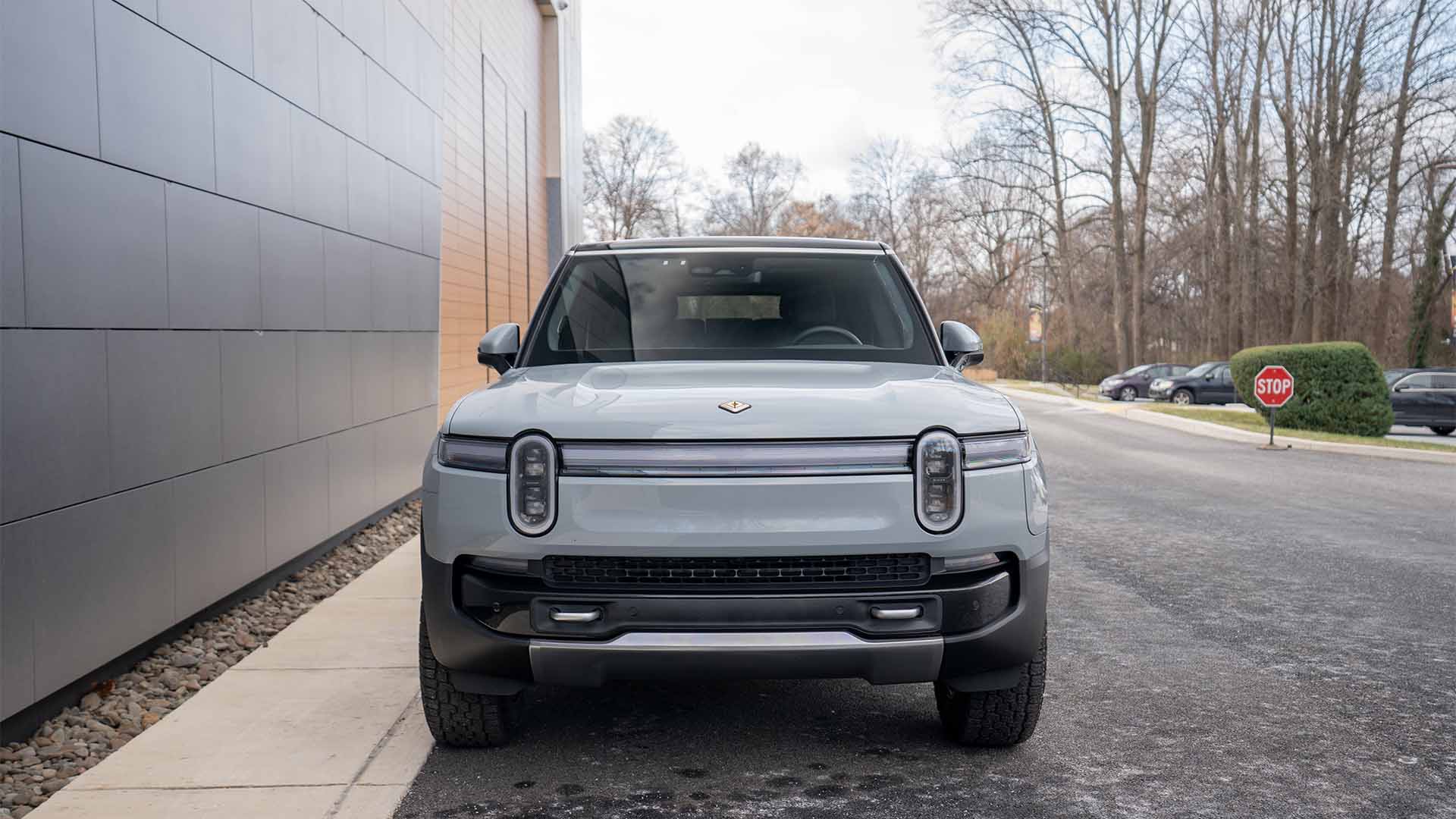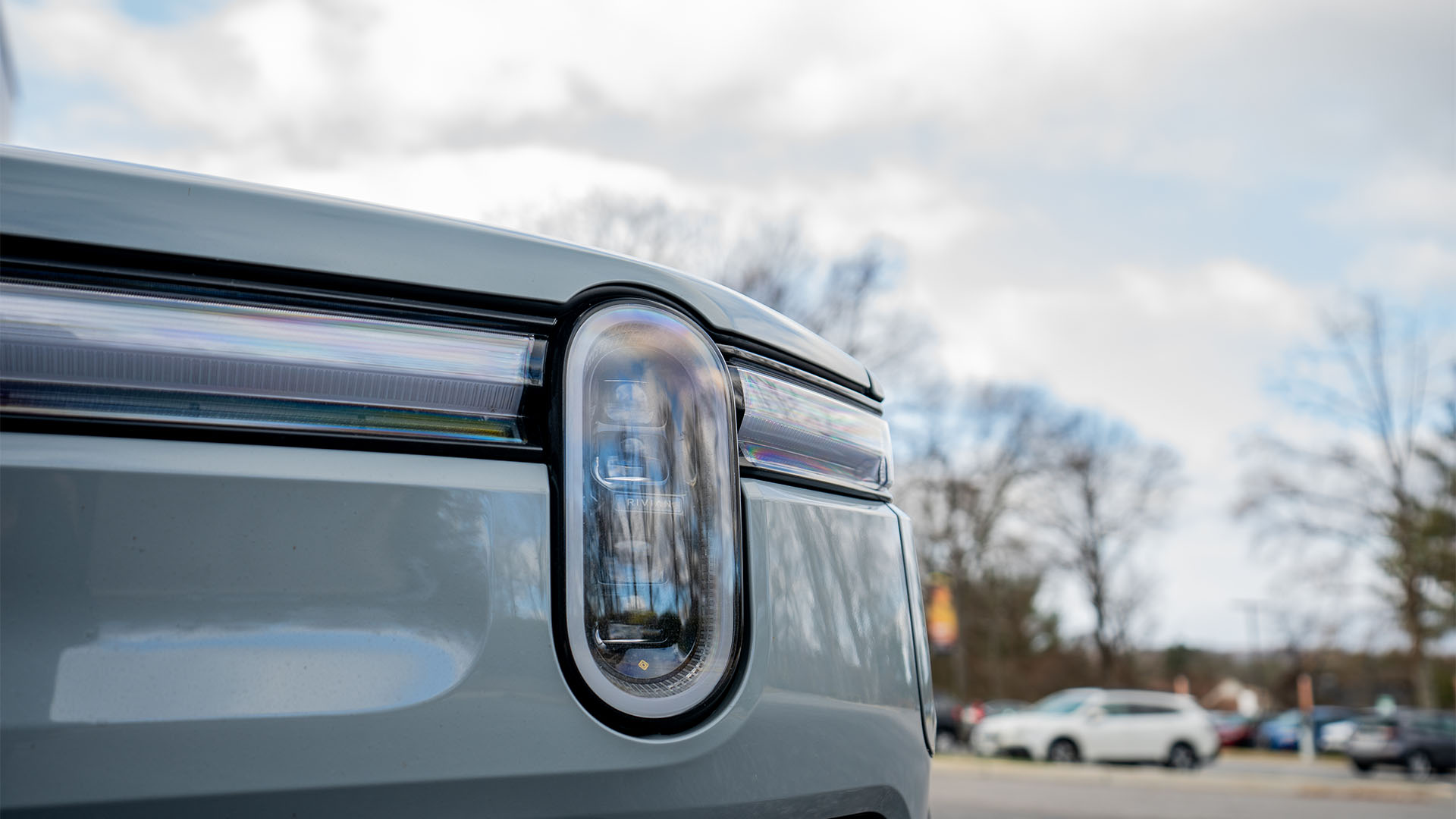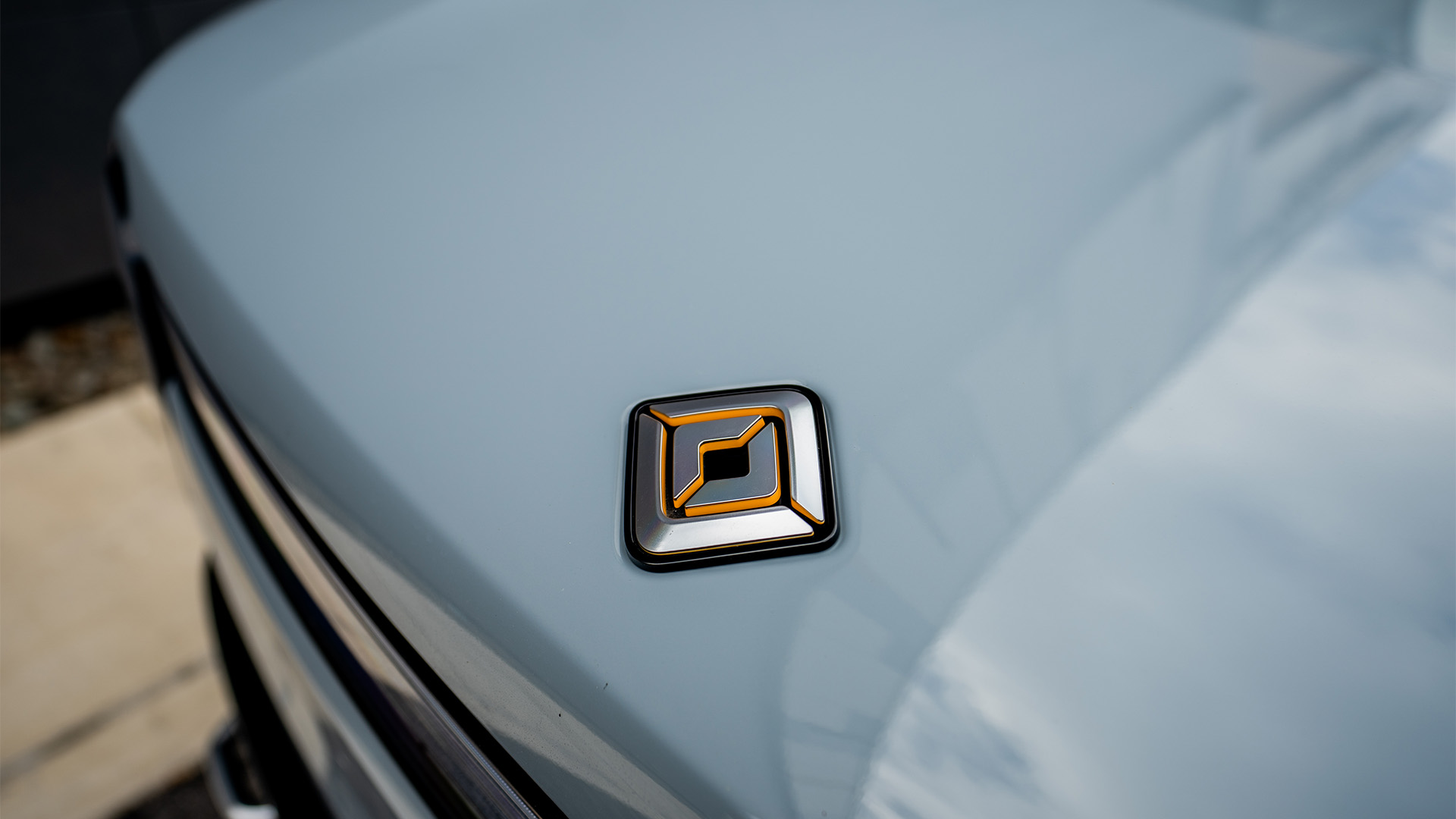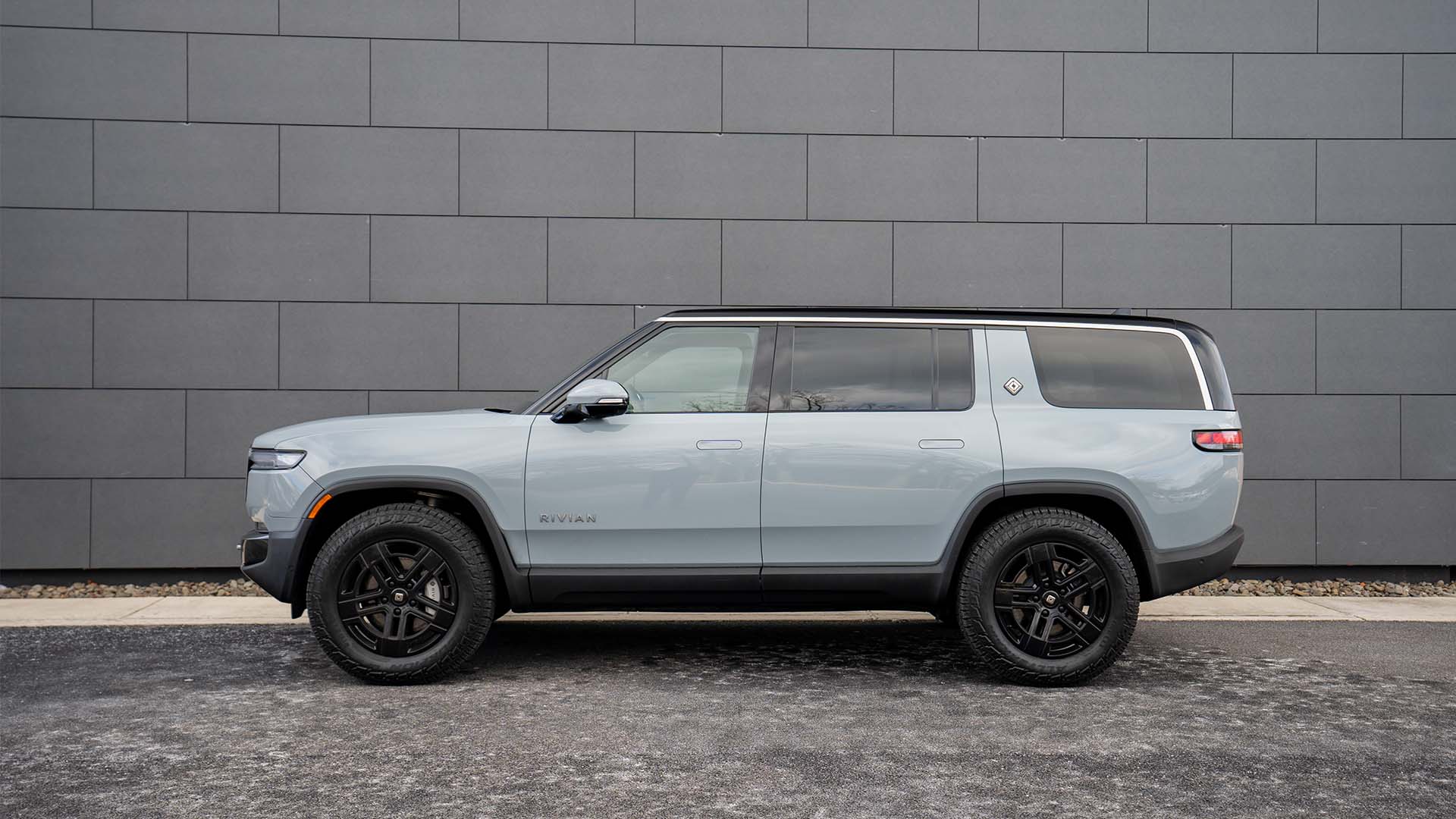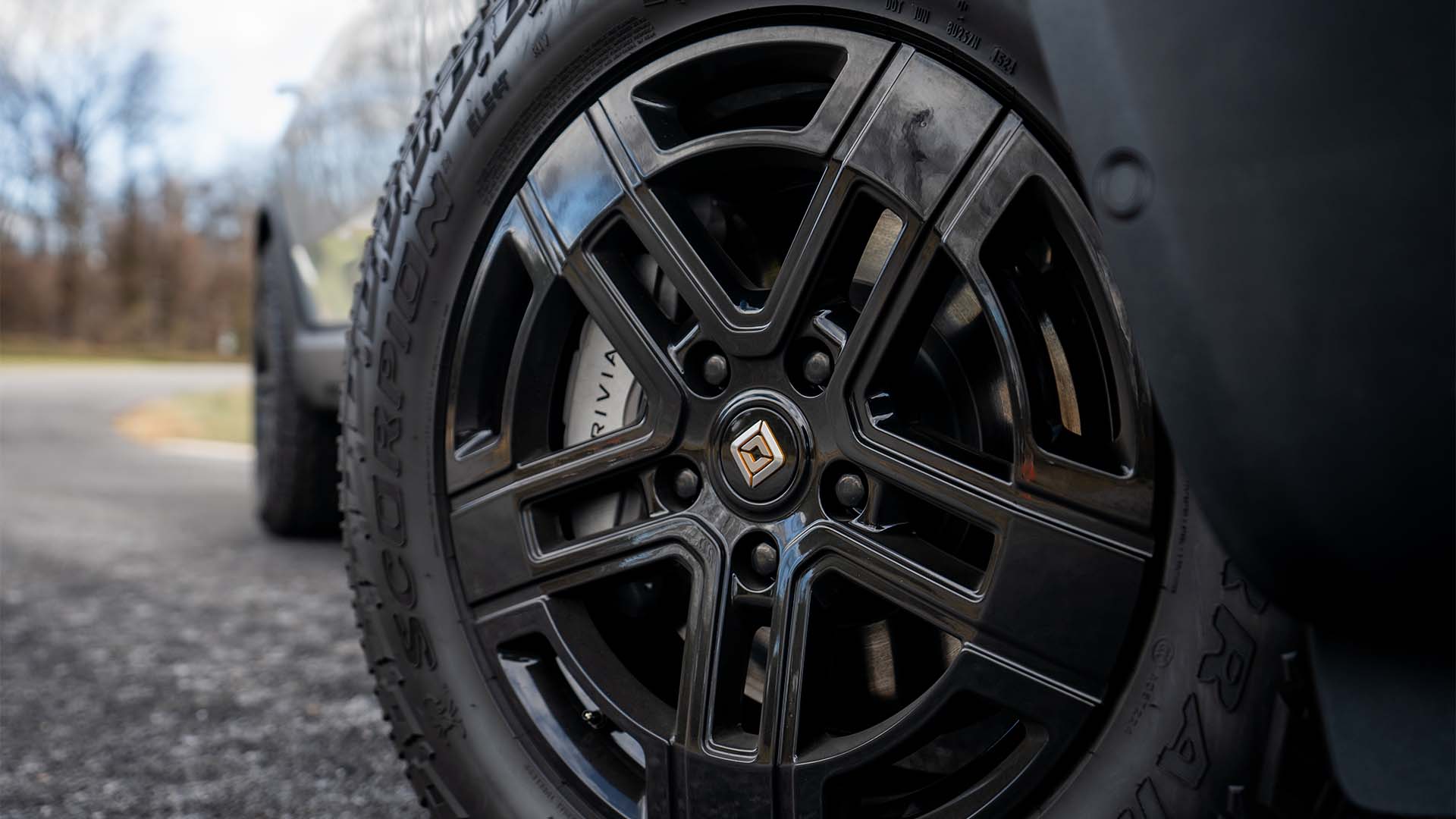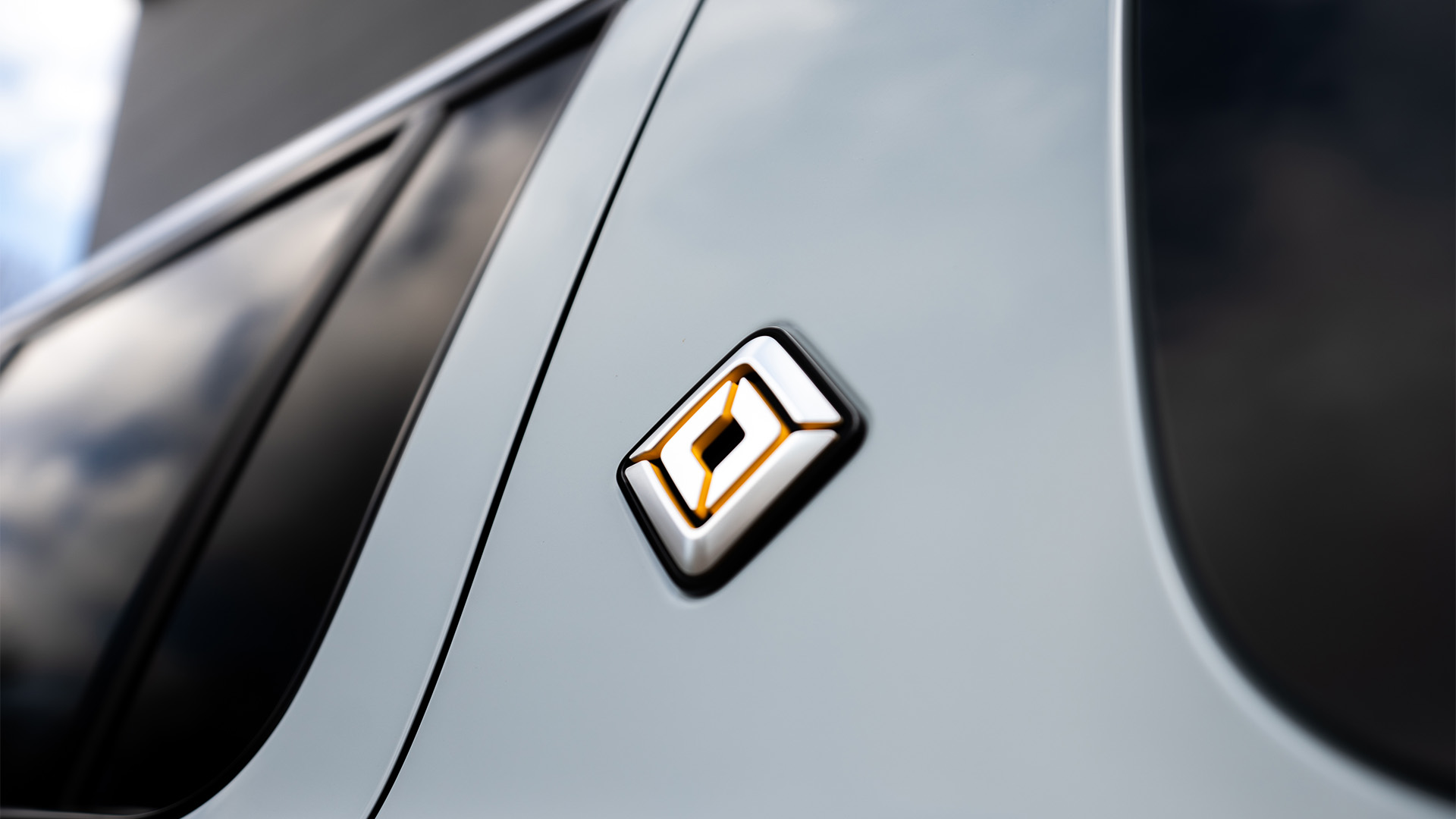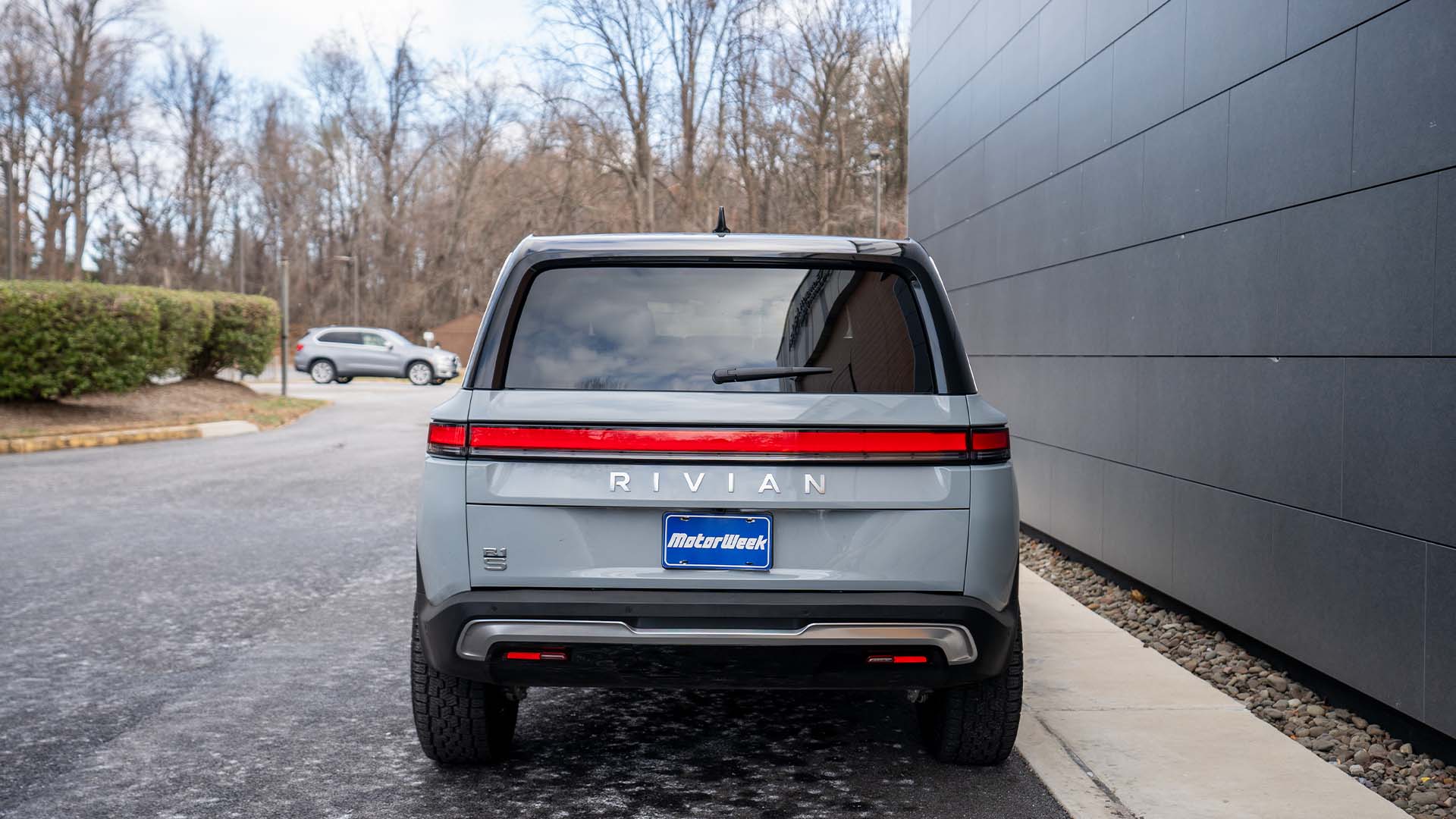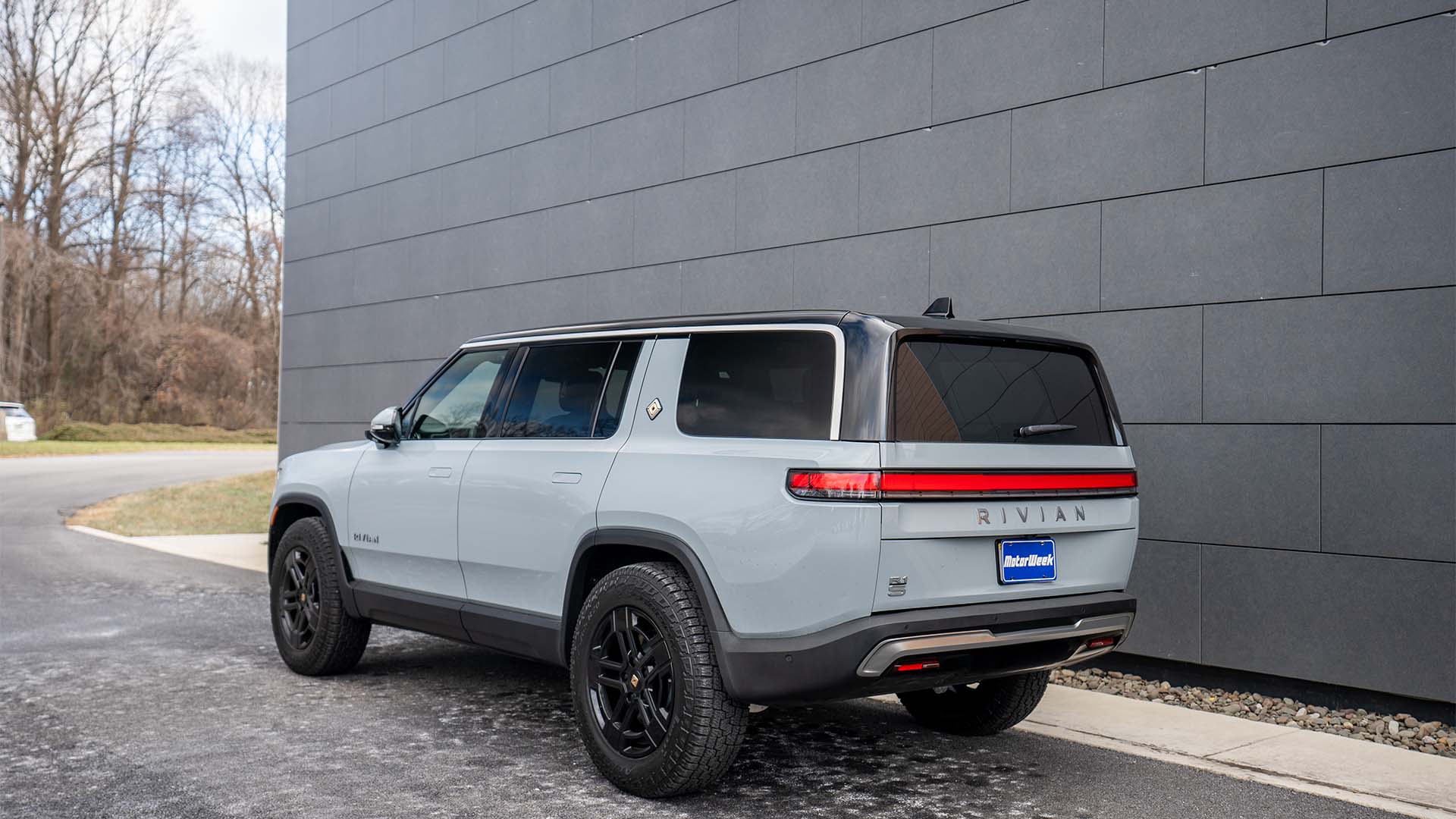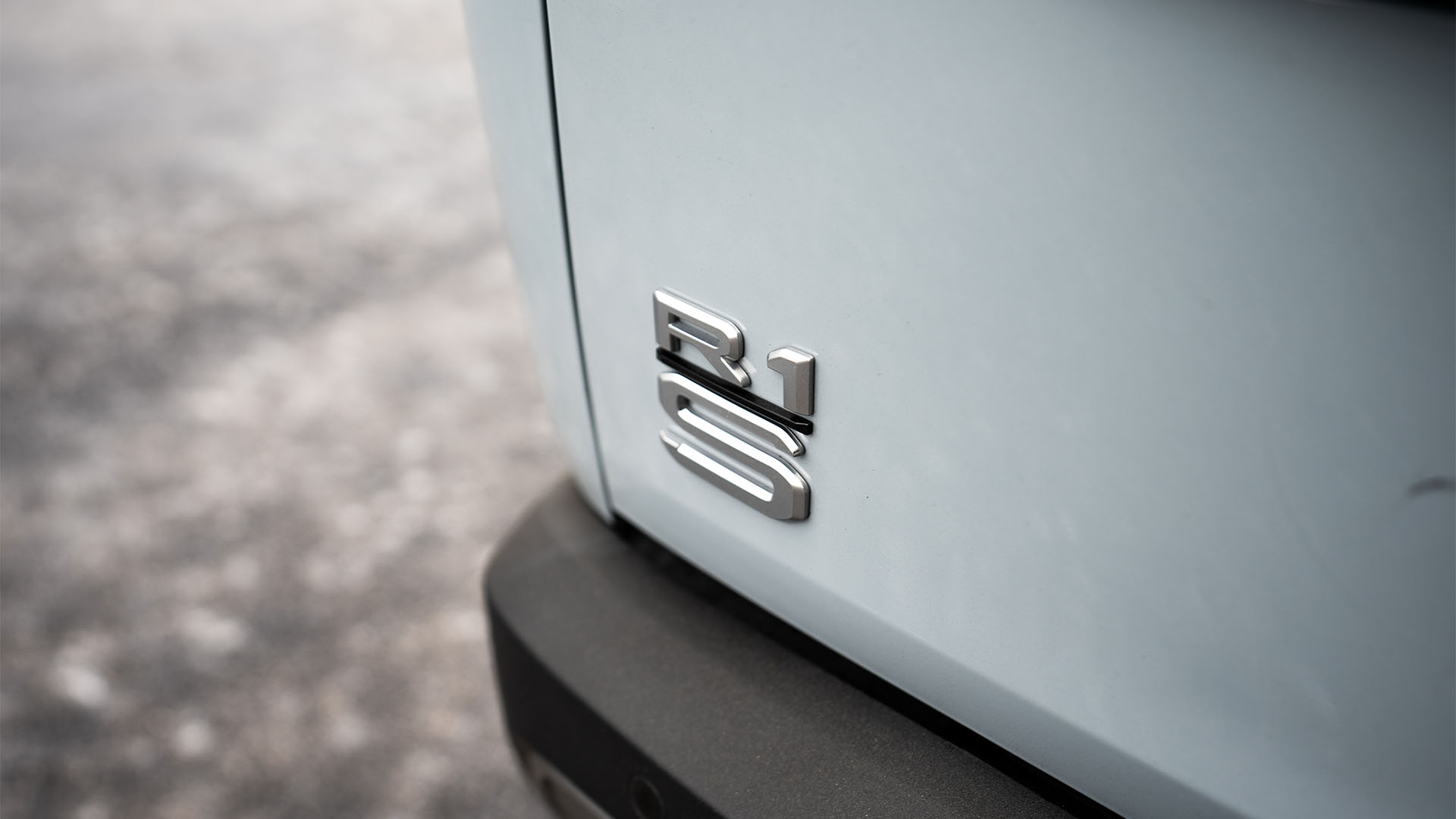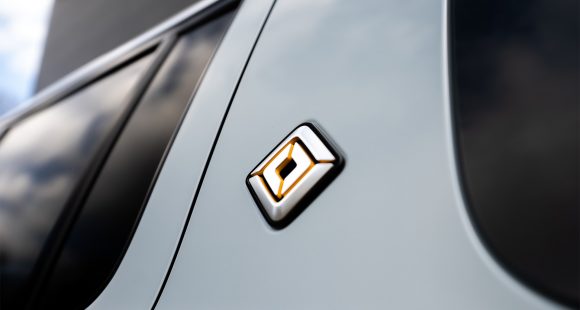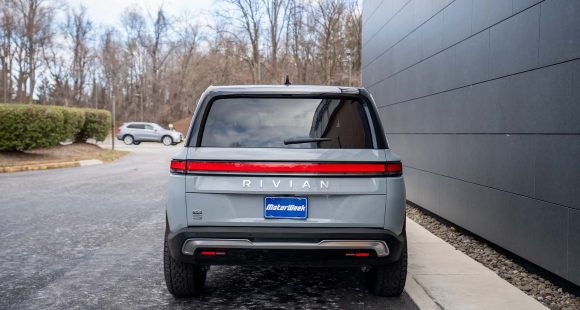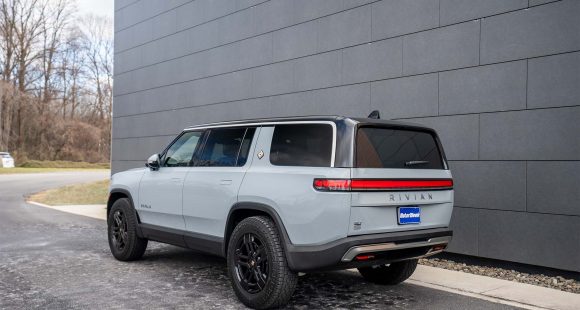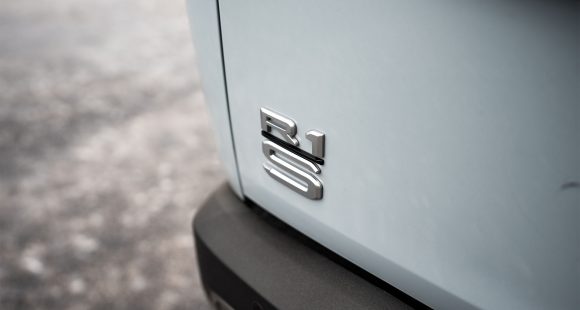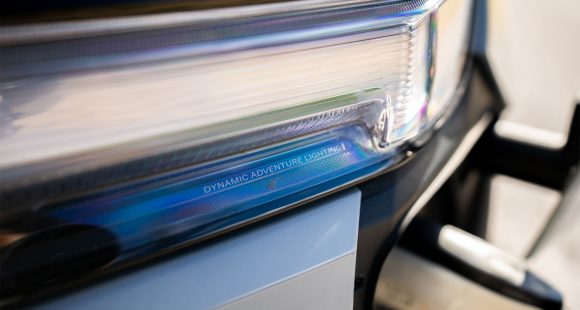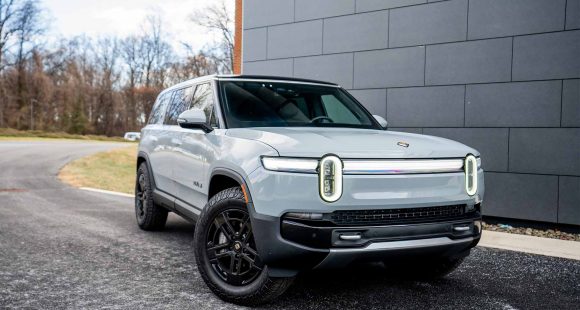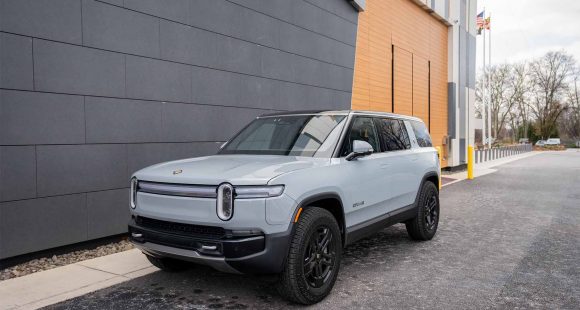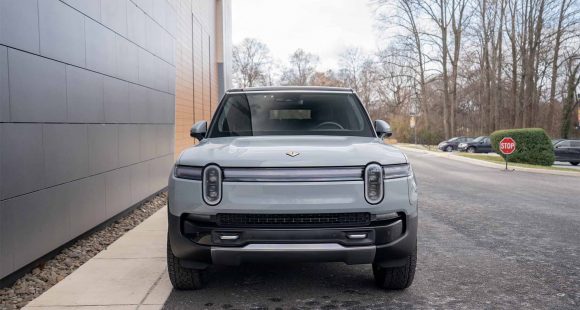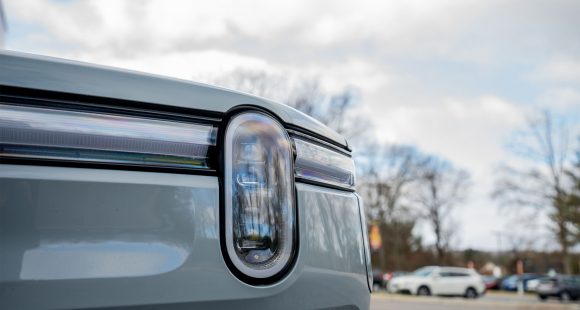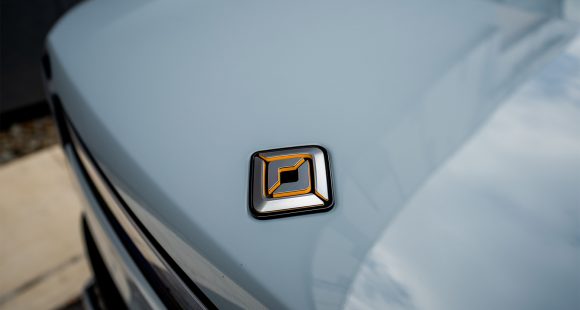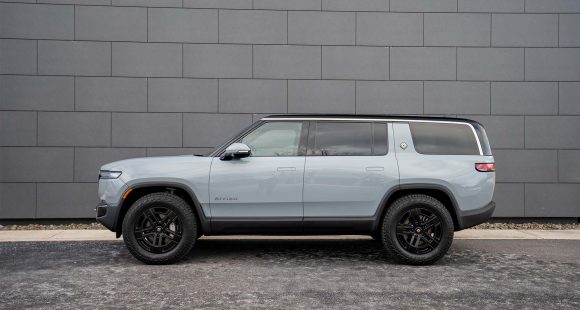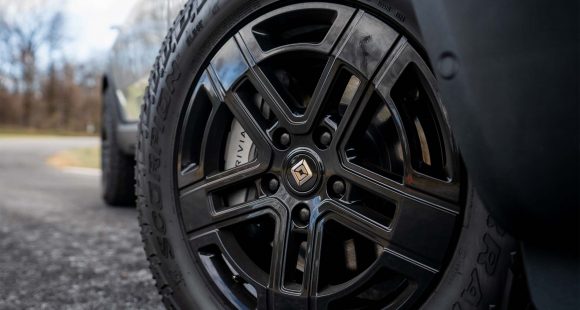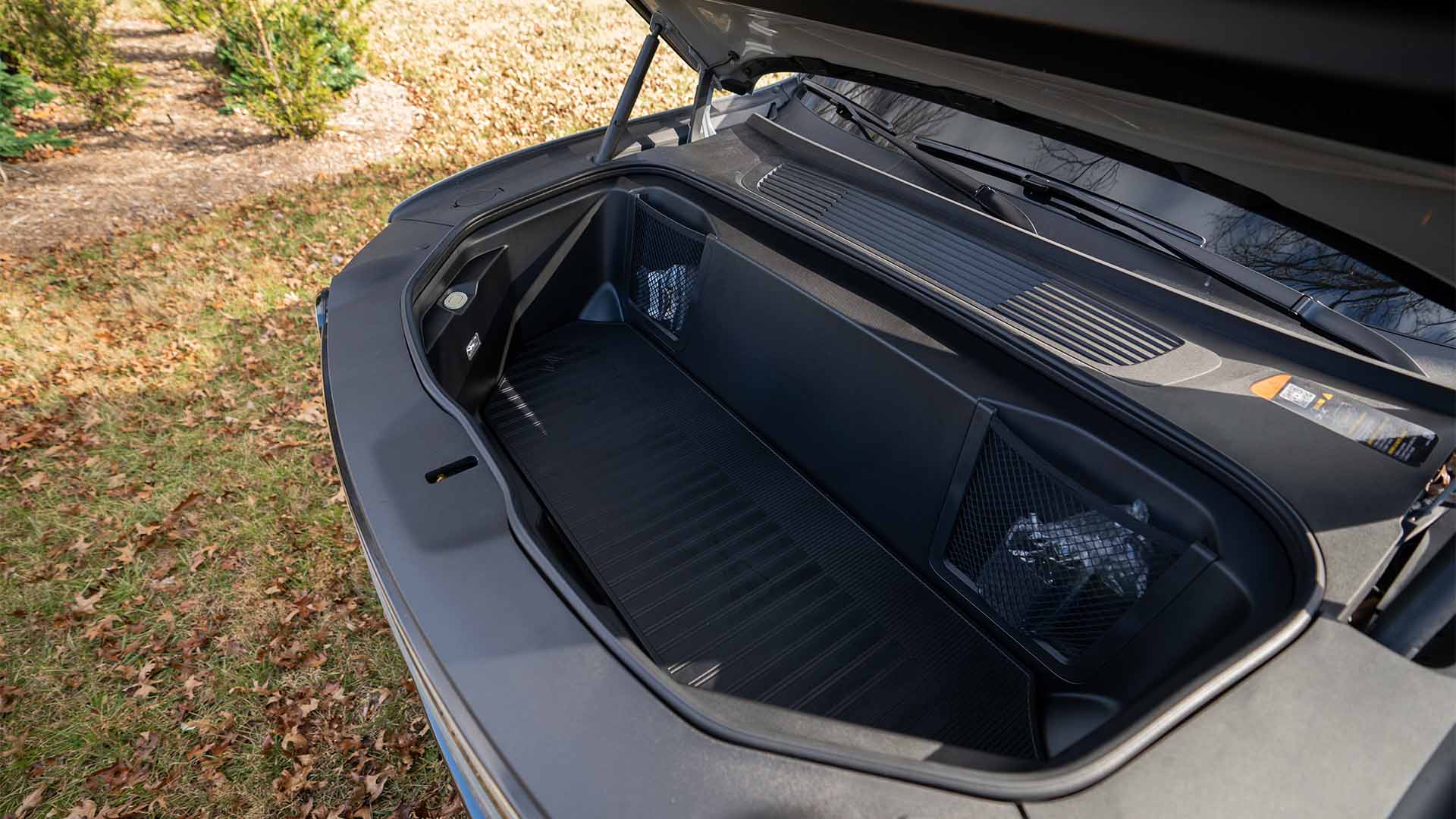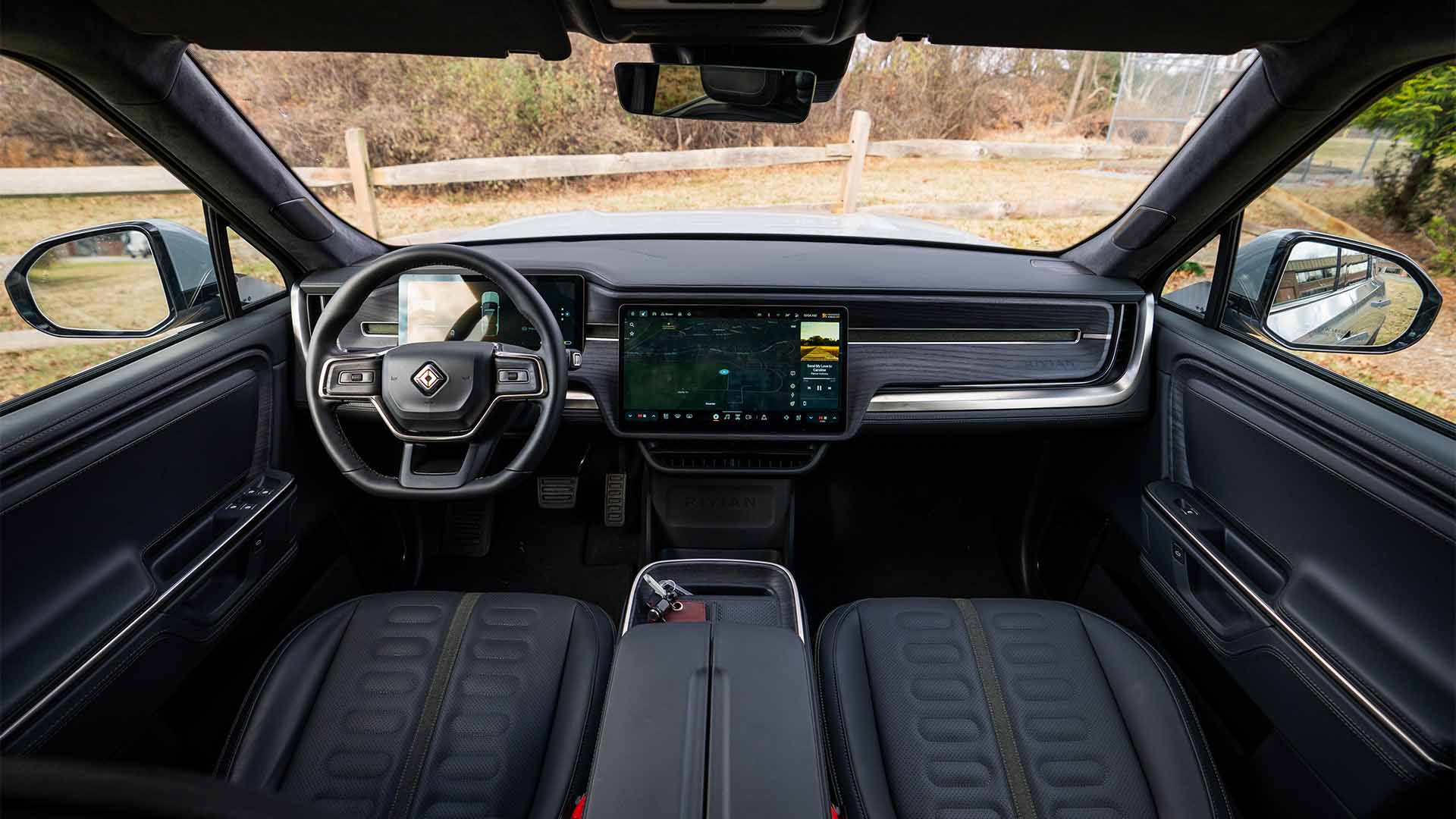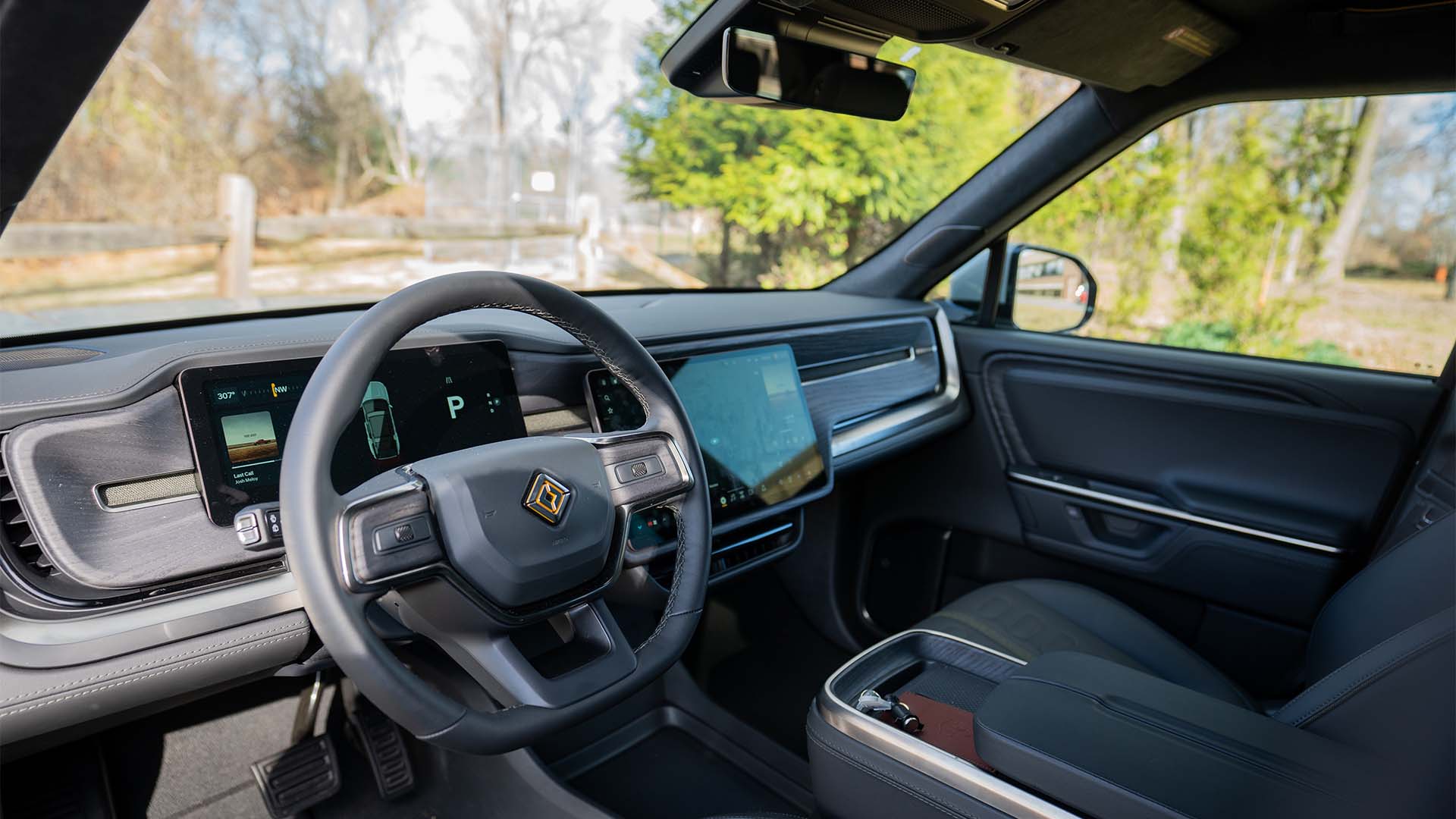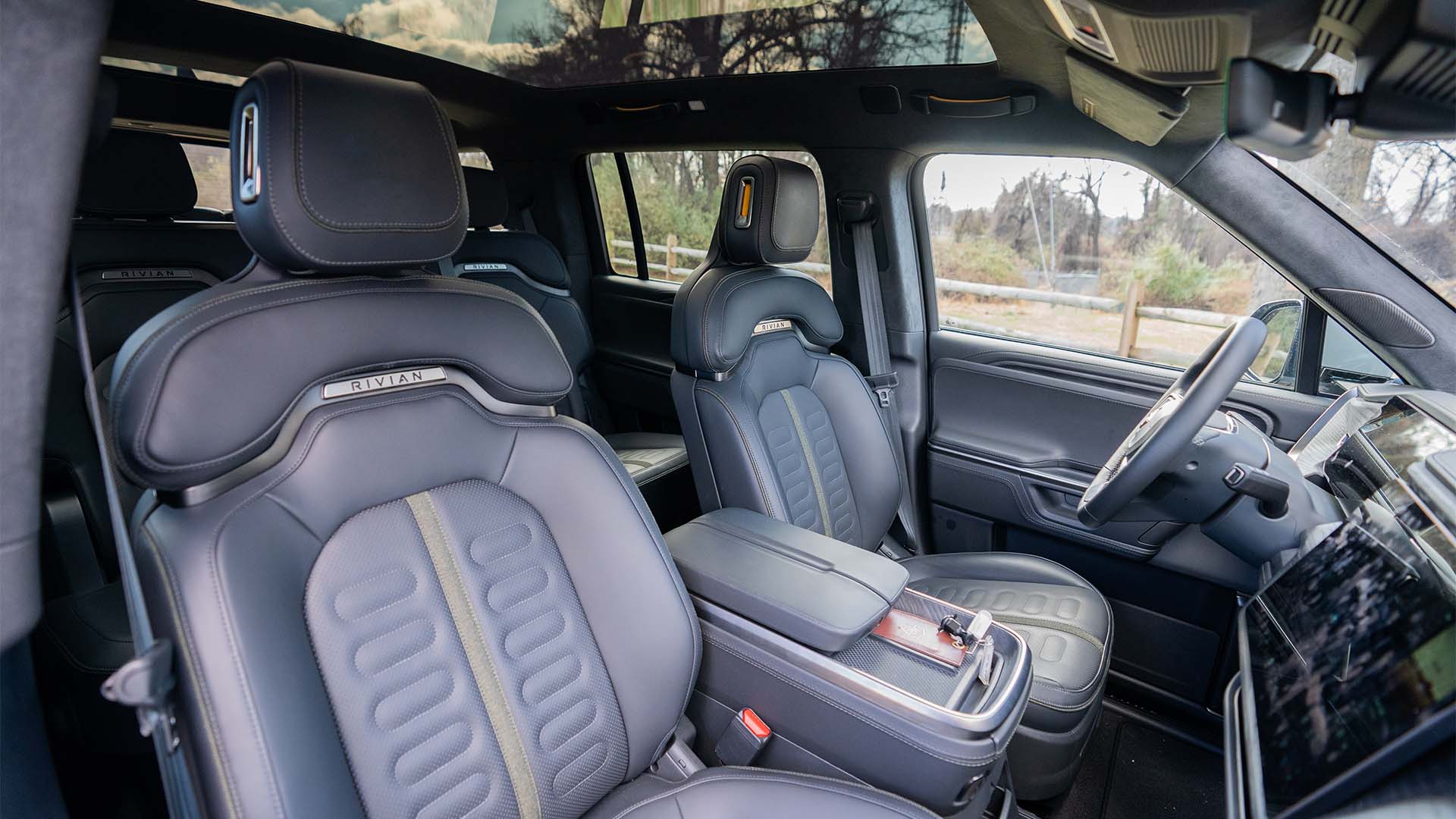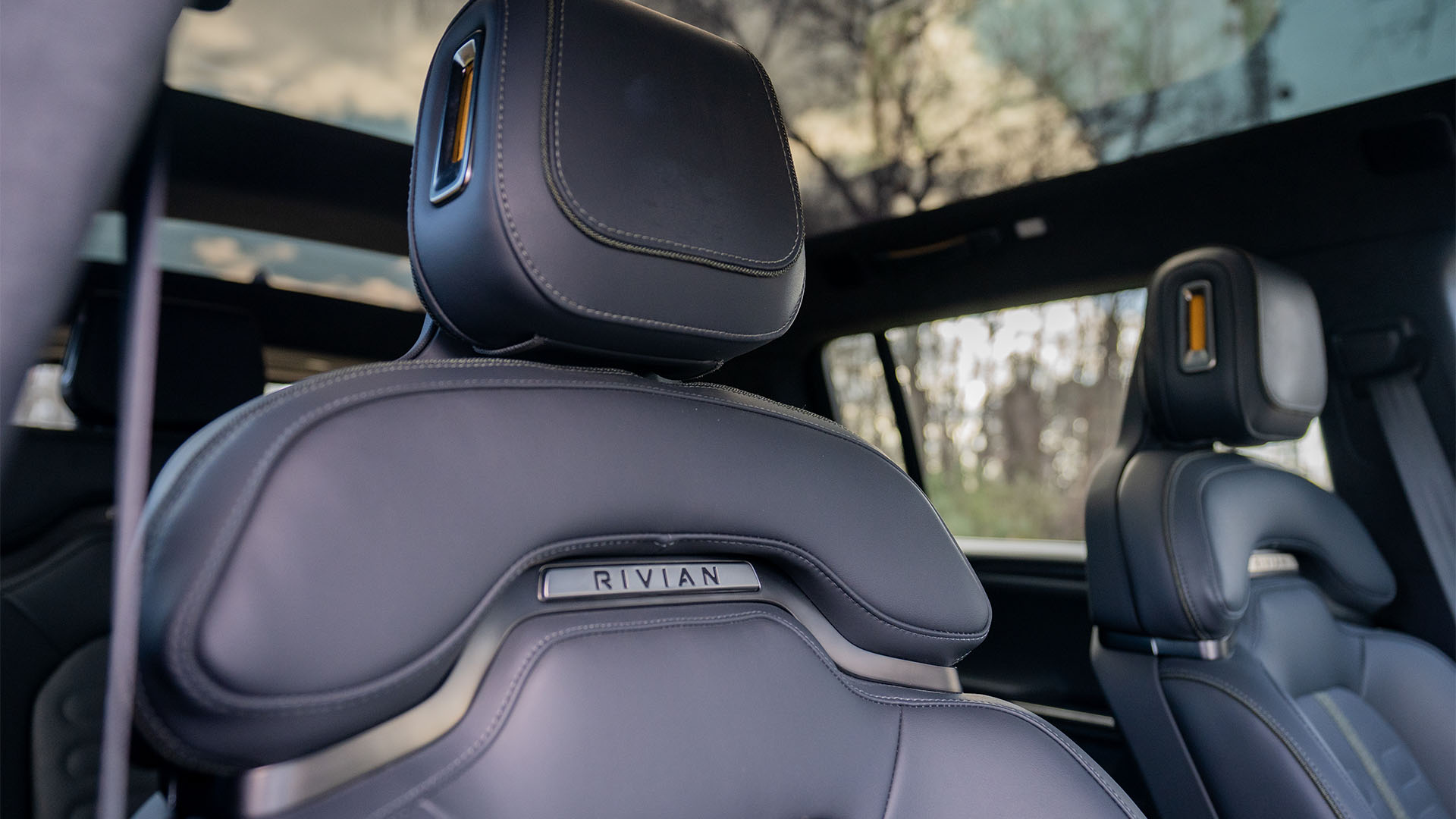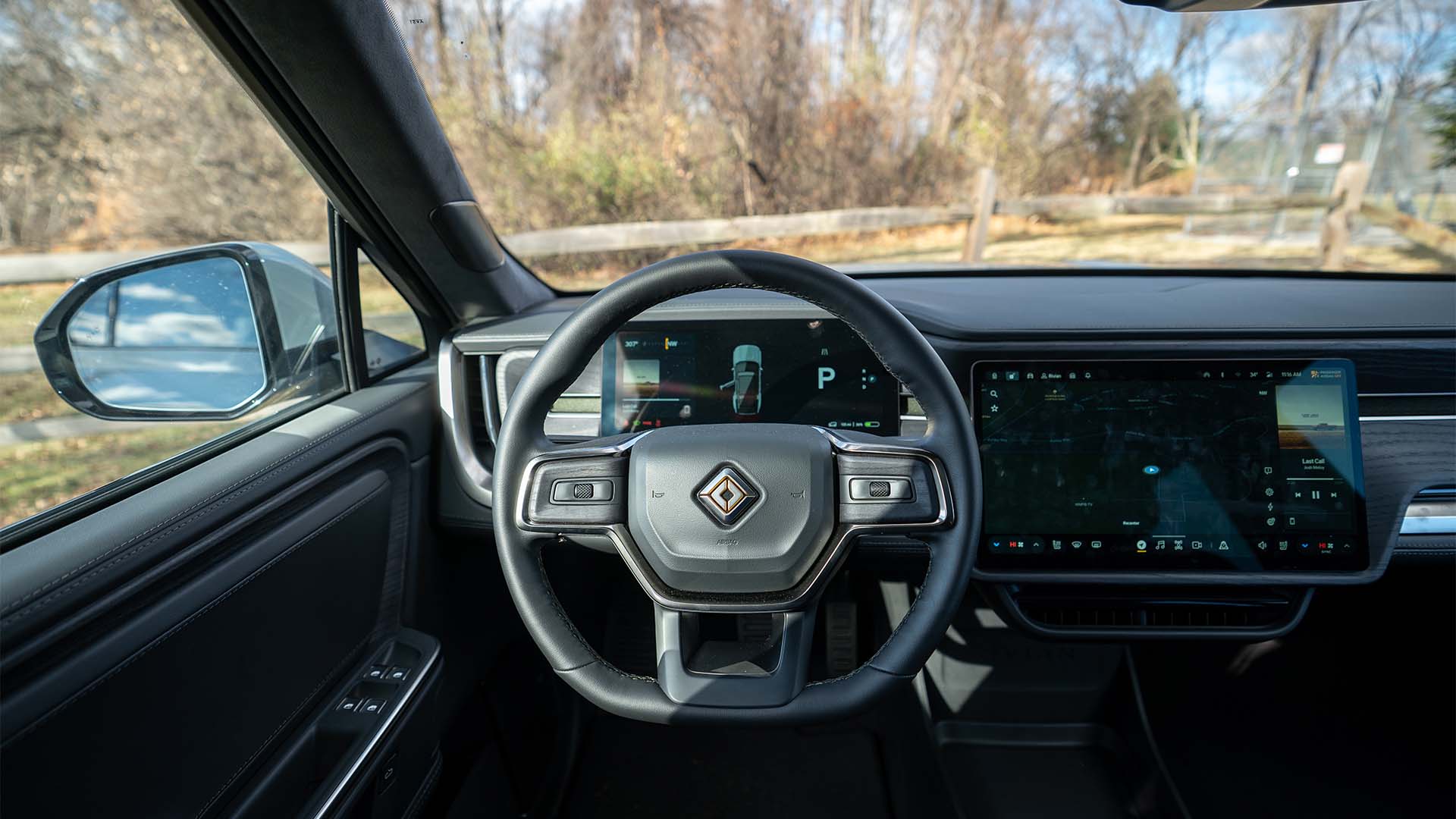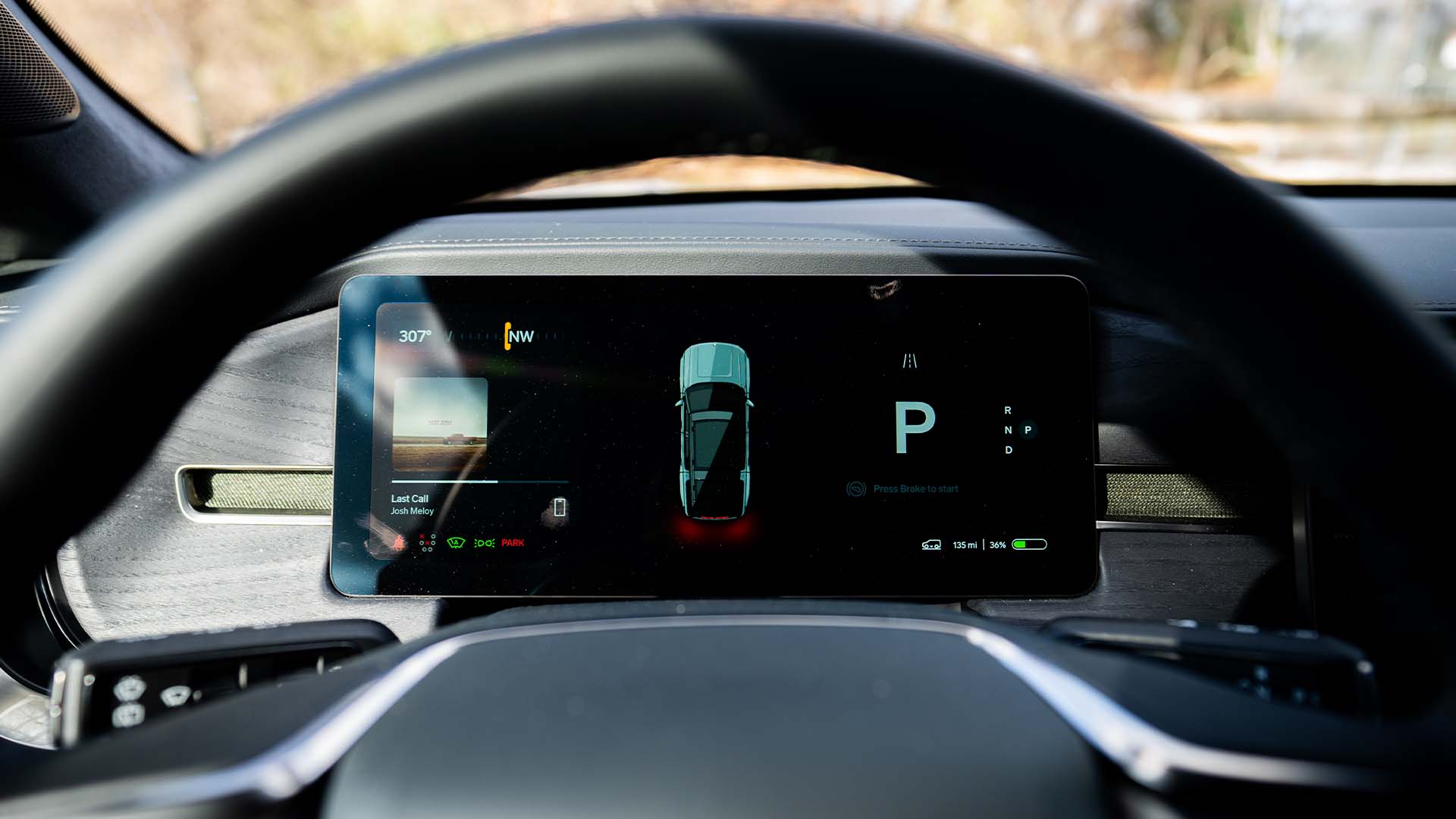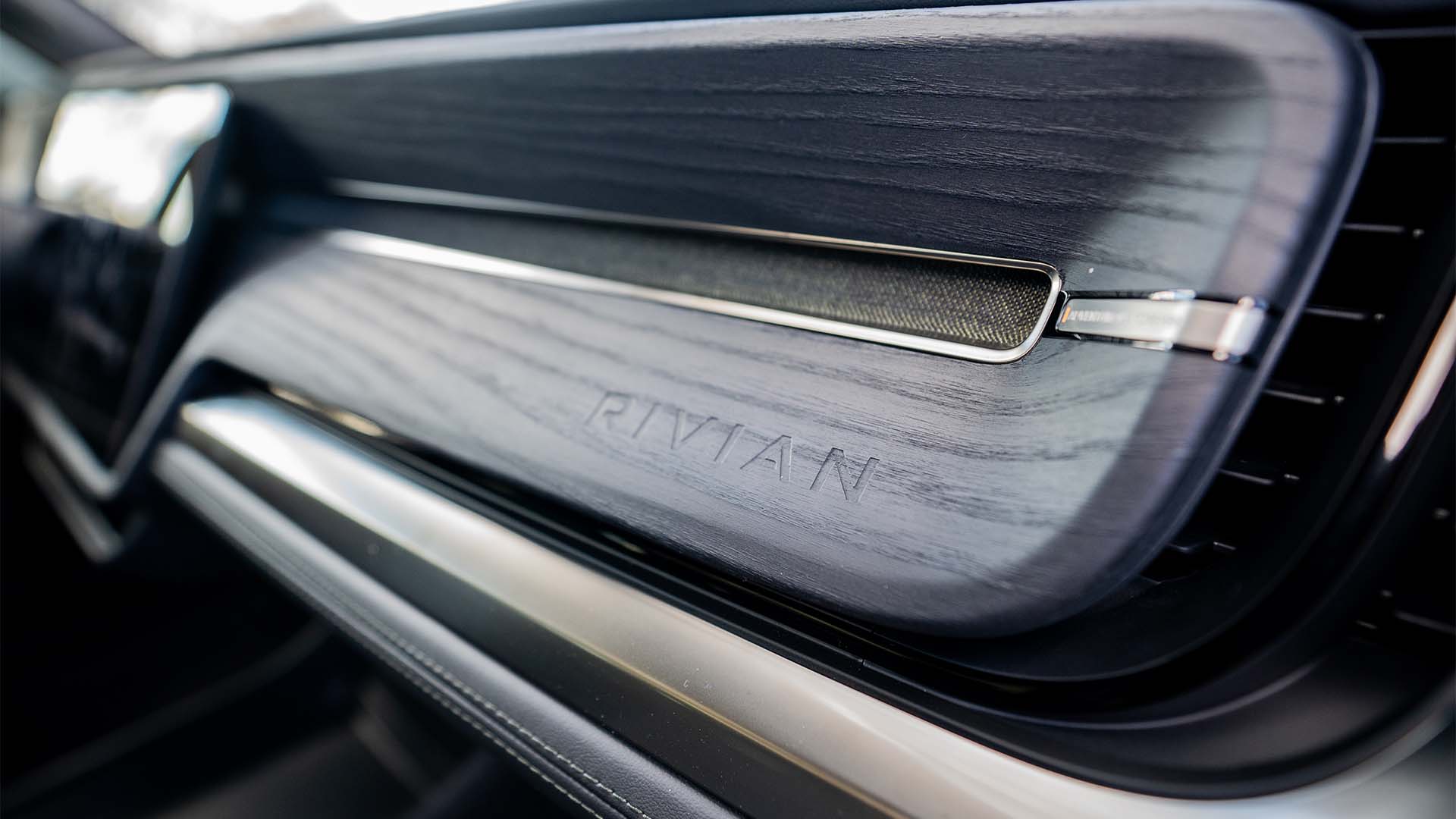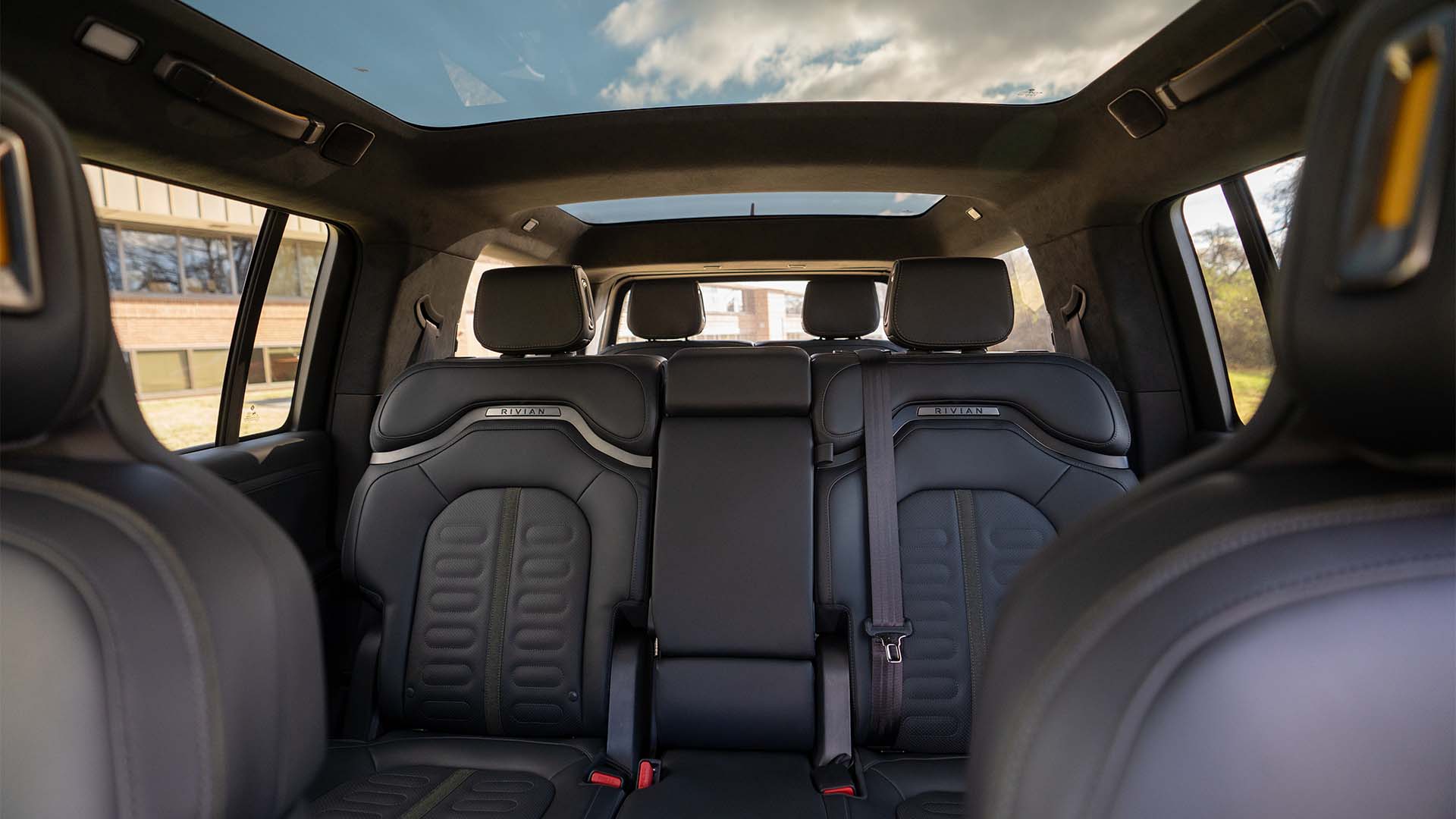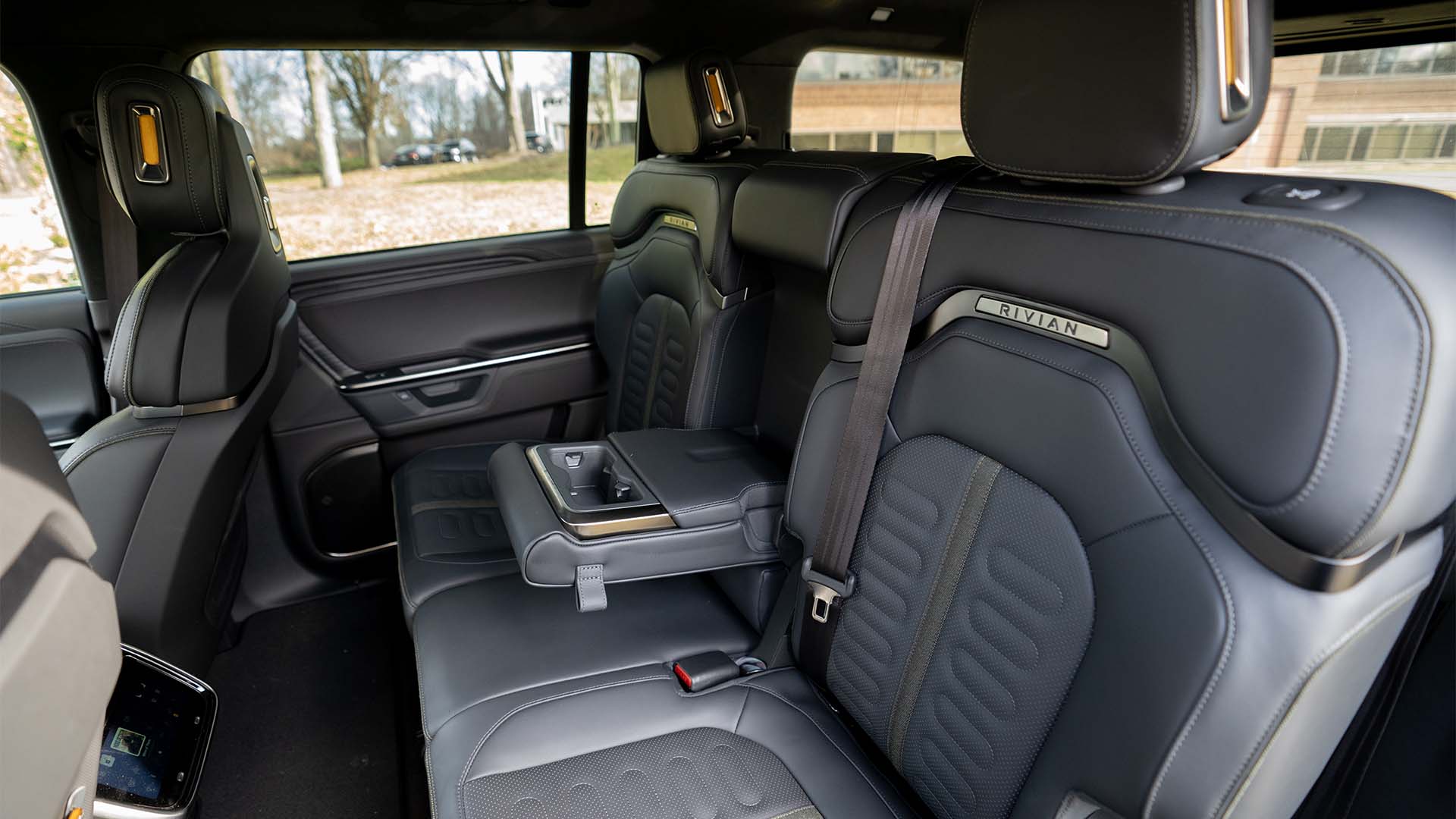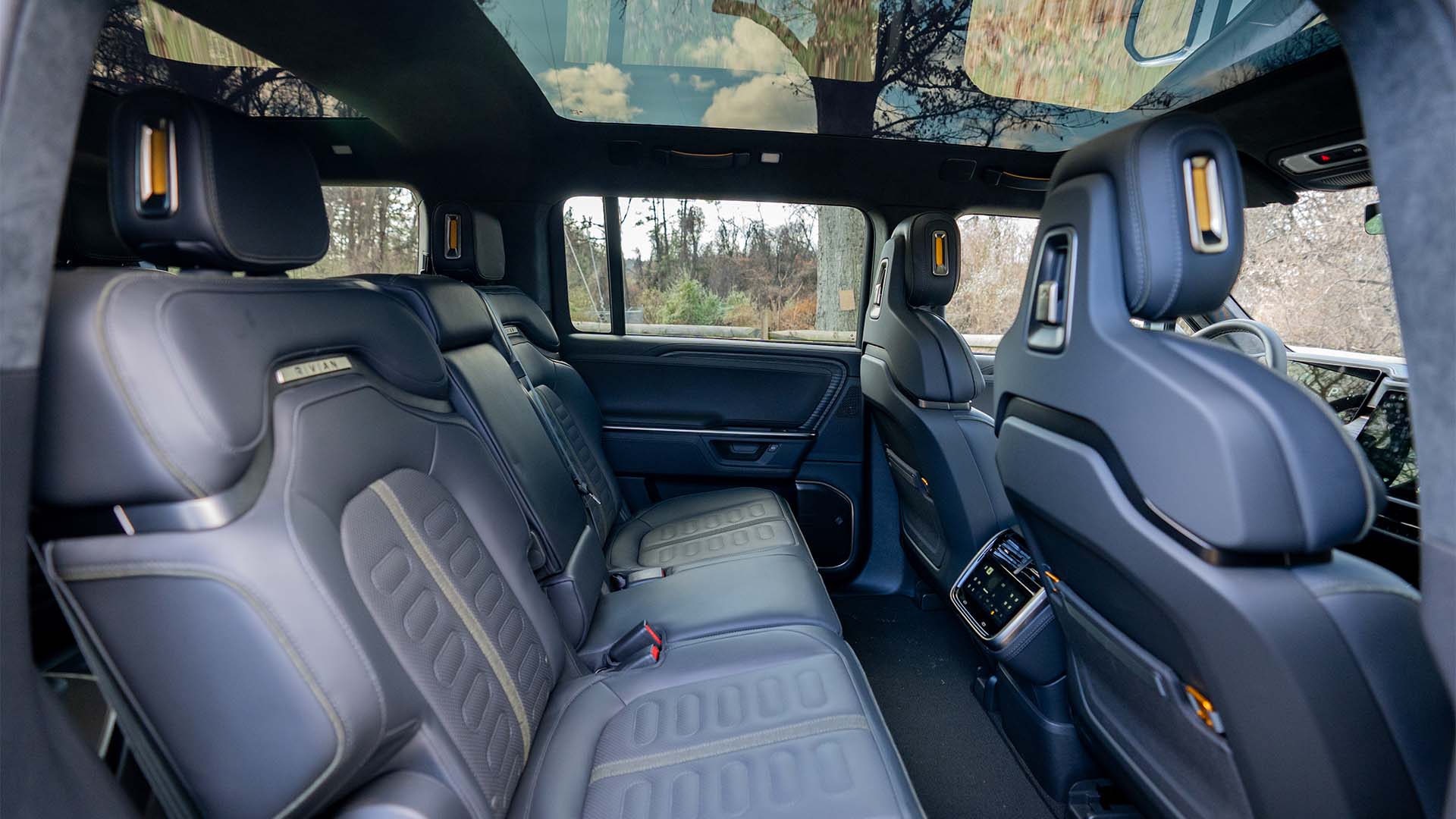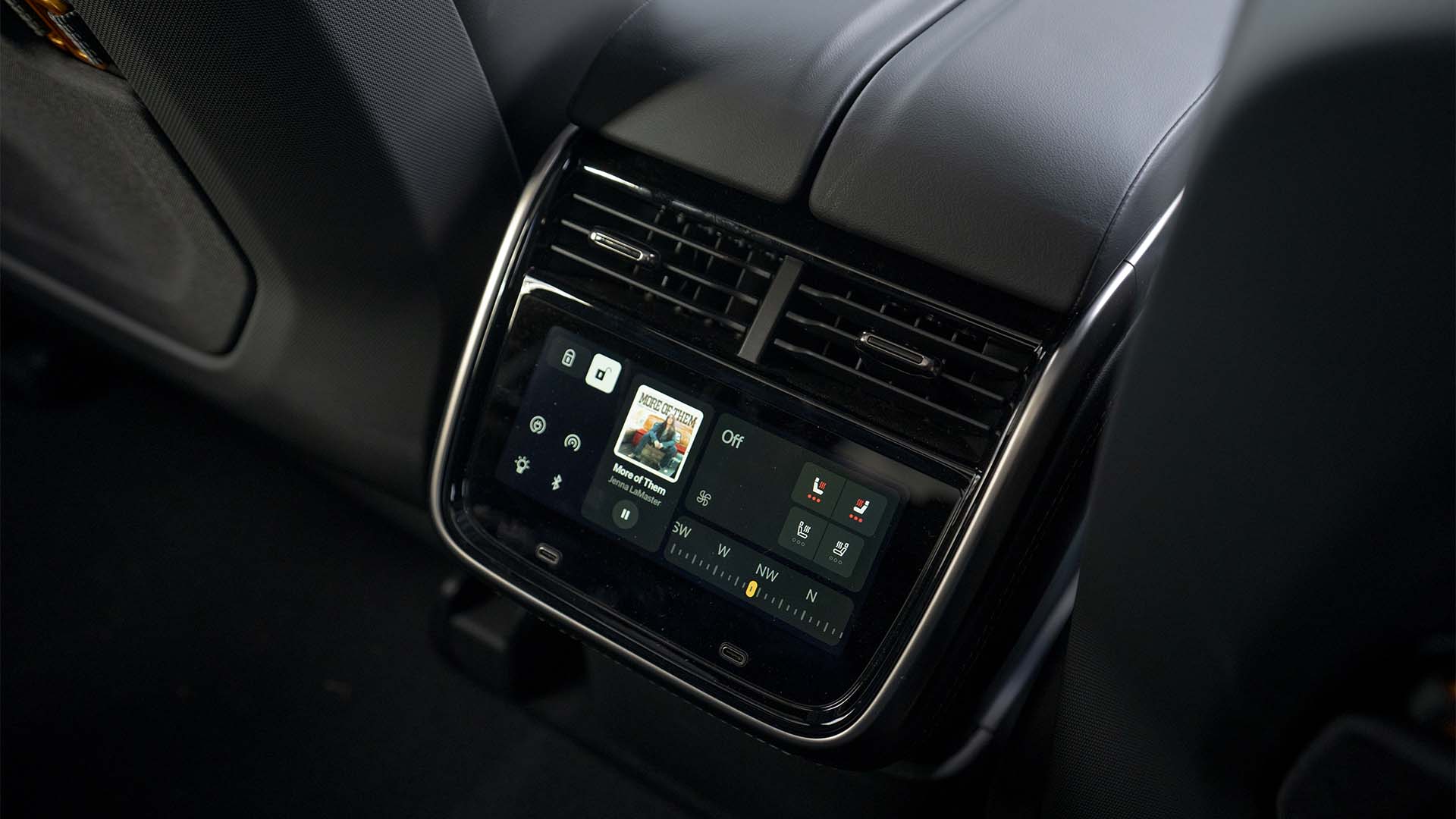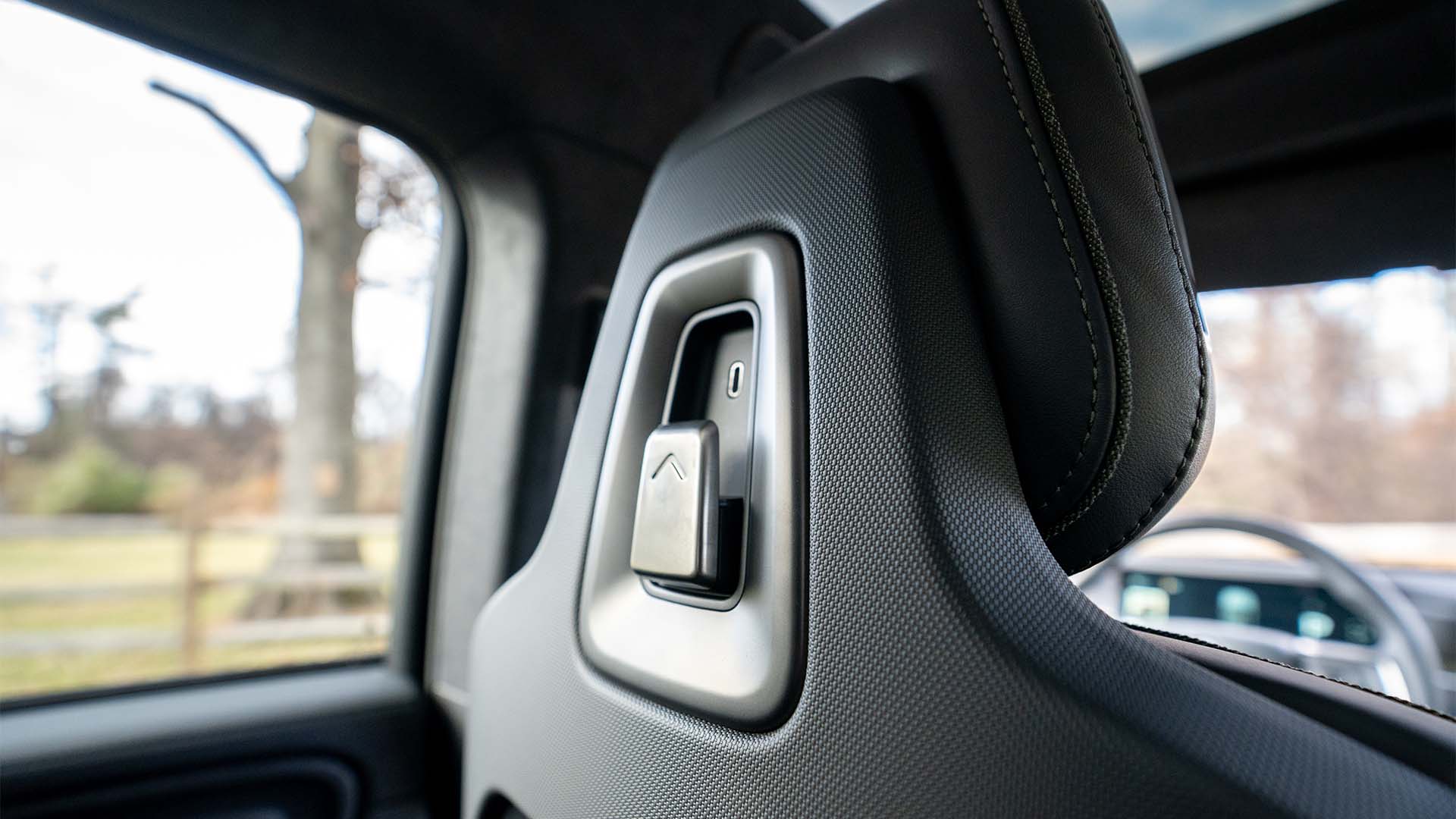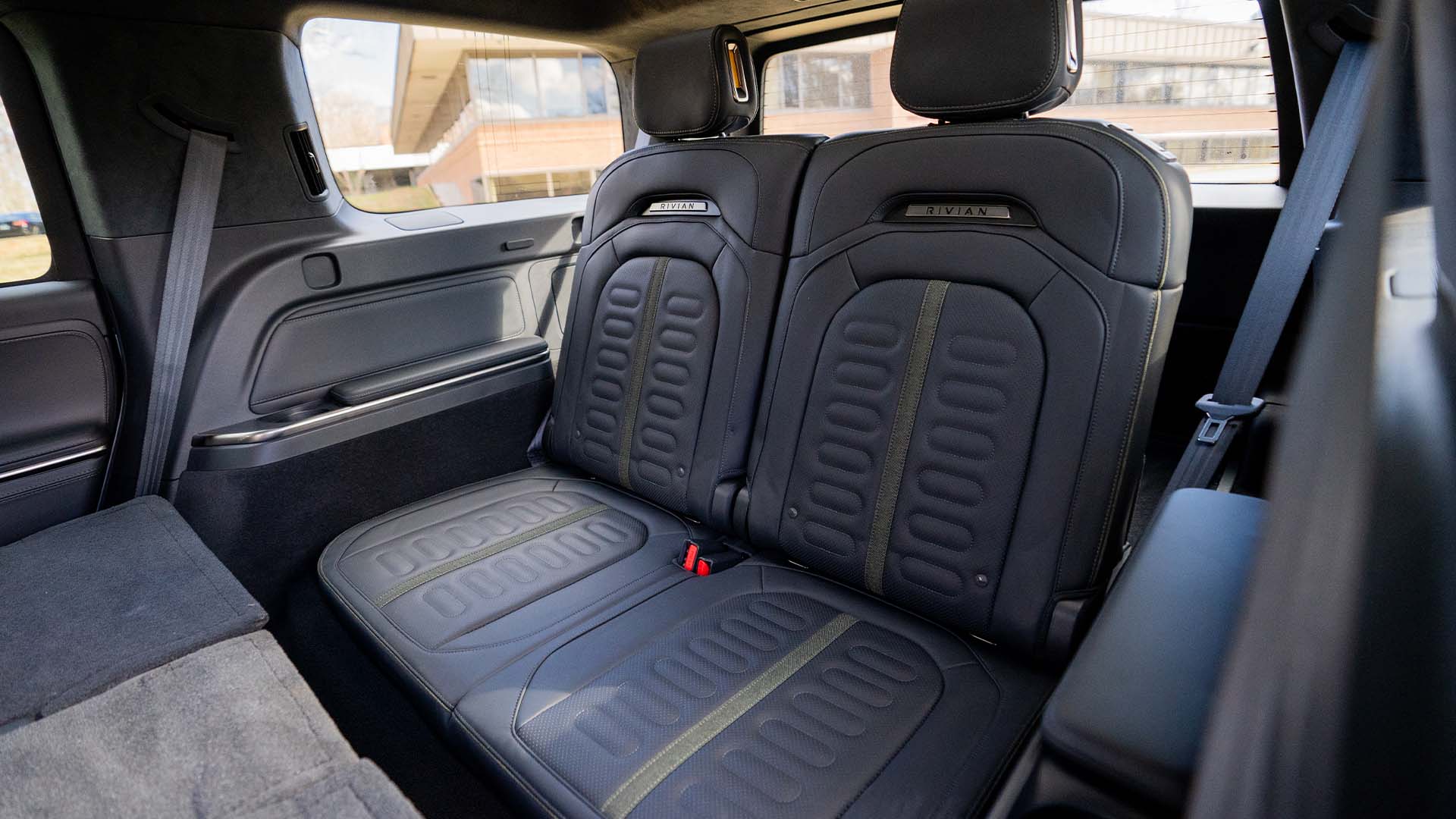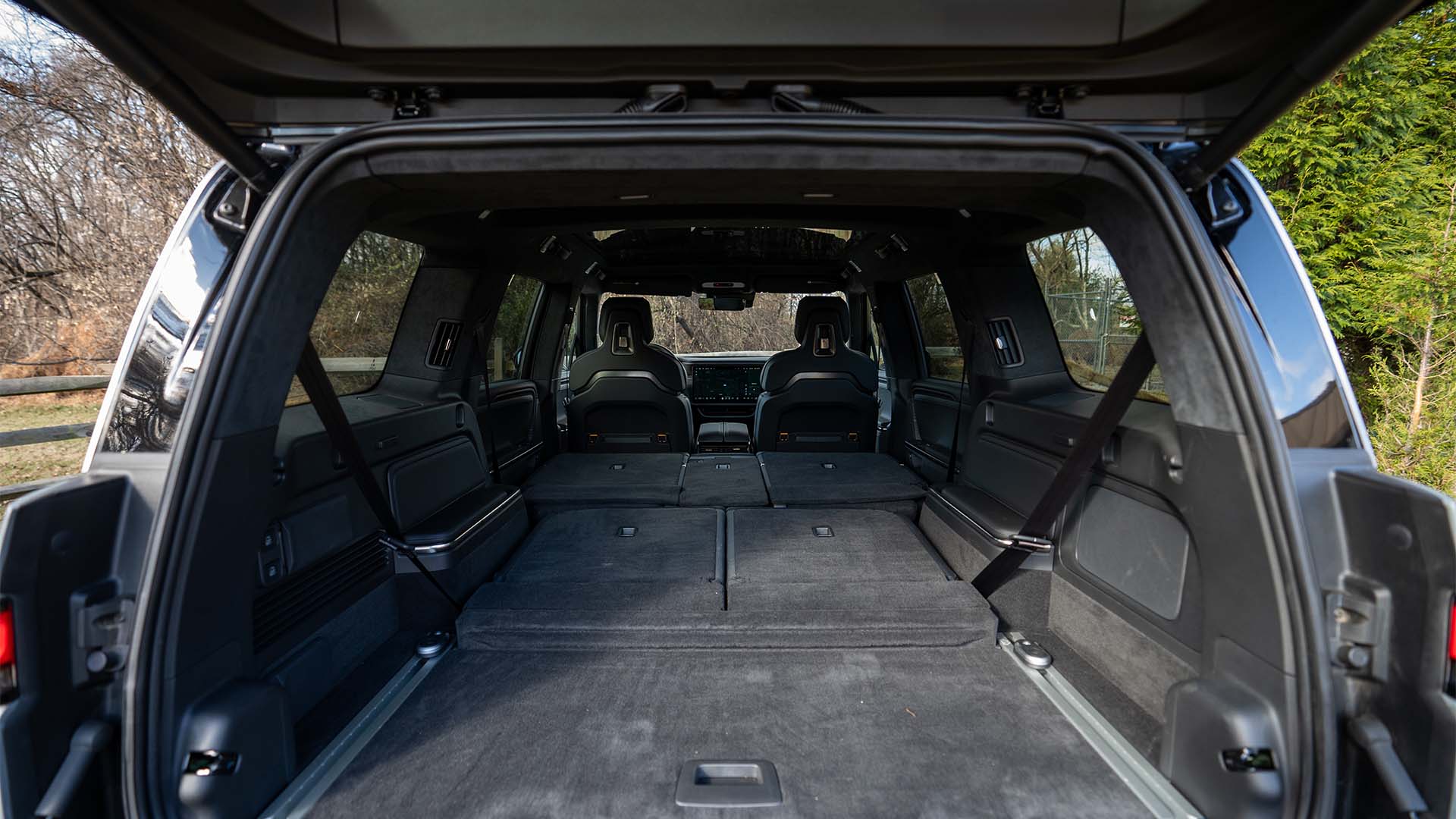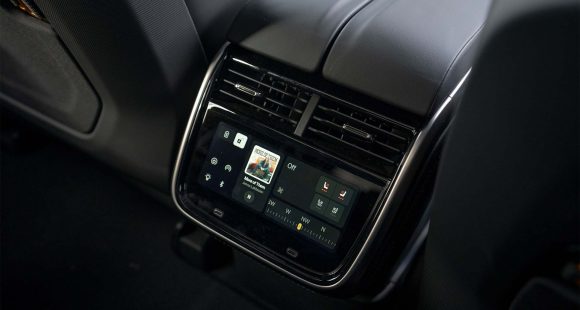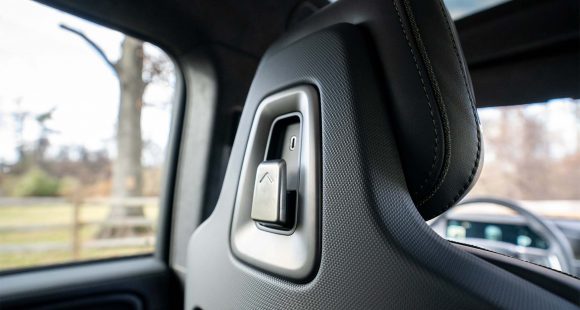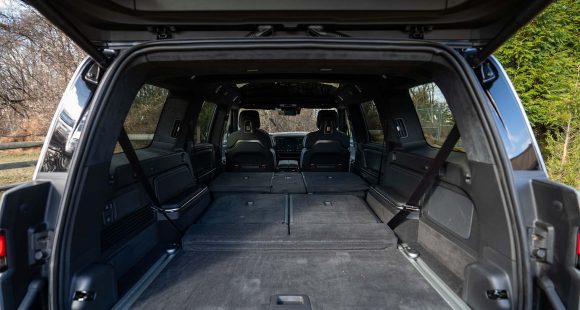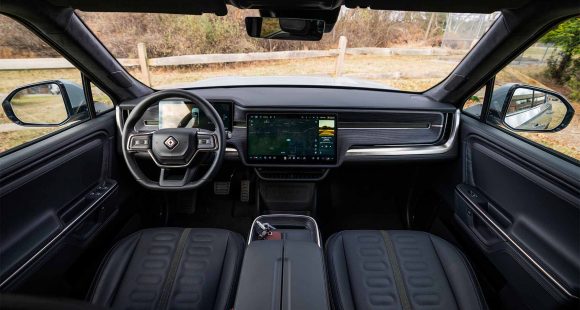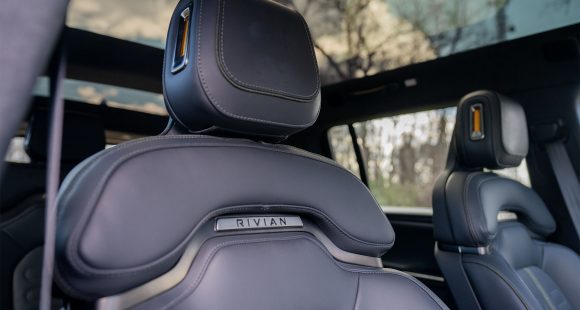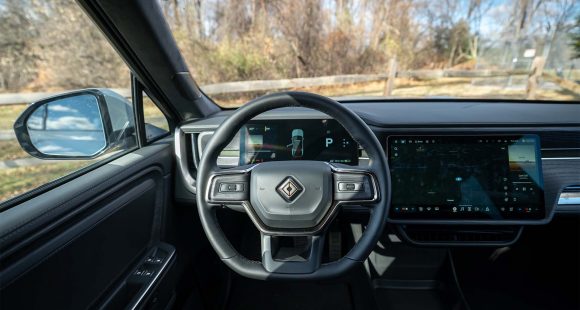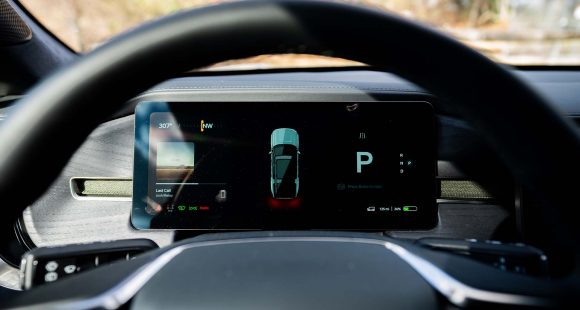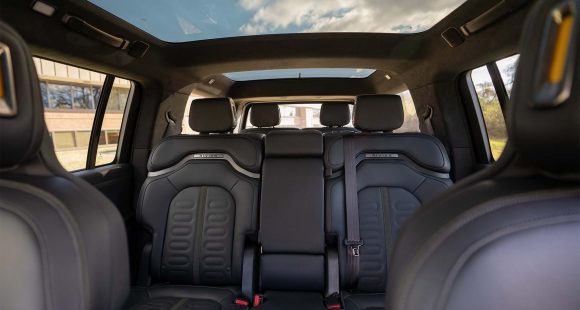2012 Jaguar XKR-S
According to Jaguar, the XKR-S is the fastest production car they’ve ever produced. Well, we couldn’t let a claim like that go by without seeing for ourselves. So, we headed to the place we know best to figure out such things out, Georgia’s Roebling Road Raceway, to find out if this cat is indeed their quickest yet!
Well, before we find out if this 2012 Jaguar XKR-S is indeed the fastest production Jaguar yet, let’s get to know it a little better.
 Based on the sleek Jaguar XKR coupe, the XKR-S takes on a more sinister look thanks to a healthy dose of performance enhancing treatments like carbon-fiber front splitter, blacked-out mesh grille, and both engine, and tall-slit-like brake cooling ducts that really visually widen the car. In profile, things take a turn to the dark side as well, with black window surrounds, fender vents, and beefy 20-inch wheels. Red brake calipers help avoid a total blackout. Out back, there’s a huge rear wing and below, a carbon-fiber rear diffuser wraps around two sets of dual exhaust tips from a Performance Active Exhaust System that really lets this cat purr.
Based on the sleek Jaguar XKR coupe, the XKR-S takes on a more sinister look thanks to a healthy dose of performance enhancing treatments like carbon-fiber front splitter, blacked-out mesh grille, and both engine, and tall-slit-like brake cooling ducts that really visually widen the car. In profile, things take a turn to the dark side as well, with black window surrounds, fender vents, and beefy 20-inch wheels. Red brake calipers help avoid a total blackout. Out back, there’s a huge rear wing and below, a carbon-fiber rear diffuser wraps around two sets of dual exhaust tips from a Performance Active Exhaust System that really lets this cat purr.
So, as great as Ian Callum’s original design was, we like it even more after this trip through “nasty” school. Okay enough of that, off to the track, or tracks, we go.
First stop is our hometown 75-80 Dragway for ¼-mile testing, where unfortunately, cold winter temperatures or maybe it was just the 550-horsepower, made launching a bit tricky. Eventually, we nailed a good one, and scorched to 60 in just 4.3–seconds. Streaking through the ¼ mile, this thing sounds absolutely awesome and unlike any Jag we’ve ever driven. It still feels like a Jaguar though, as the engine itself is smooth and quiet for the entire 12.6–seconds that it takes to reach the end of the strip at 118 miles-per-hour. Both acceleration times are a second quicker than the last XKR that we tested in 2007.
 Those quicker runs come courtesy of the 5-liter V8 engine under the hood wearing a Roots-type supercharger. It’s the same all-aluminum AJ-V8 you’ll find in the XKR, but it puts out 40-additional horsepower and 41-more pound feet of torque thanks to revised fuel mapping, making the new totals 550-horsepower and 502 pound feet.
Those quicker runs come courtesy of the 5-liter V8 engine under the hood wearing a Roots-type supercharger. It’s the same all-aluminum AJ-V8 you’ll find in the XKR, but it puts out 40-additional horsepower and 41-more pound feet of torque thanks to revised fuel mapping, making the new totals 550-horsepower and 502 pound feet.
After a comfortable and speedy 9-hour drive down I-95 we arrived at our next venue, Roebling Road Raceway, near Savannah, Georgia, where warmer temperatures weren’t the only thing that put smiles on our faces. Handling Roebling’s high speed turns? Oh yeah, this Jag’s got an app for that. The XKR’S aluminum chassis was already capable, but the XKR-S’ lowered suspension and new dampers take it to a whole new level.
Jaguar’s Adaptive Dynamics and DSC software get a sportier re-flash and there’s a new Active Differential Control. All of it helps to really put the power down out of corners. Steering feel, especially in Dynamic Mode, is about as good as it gets. You do feel the size of this car at times, mainly in tighter turns where the front tires take some abuse, but otherwise it’s one agile cat. Paddle shifters for the 6-speed automatic work well, but not well enough to forget that it’s a slush-box you’re manipulating and not a sequential manual.
 One thing that hasn’t been altered is the XK’s split personality. You can flog this beast around the track all day long, and then impress your significant other with a comfortable ride and posh interior that evening. And speaking of interior, the XKR-S’ does take a sportier turn, but not at the price of sacrificing luxury. There’s still leather everywhere, but now it’s accompanied by unique color stitching and aluminum trim.
One thing that hasn’t been altered is the XK’s split personality. You can flog this beast around the track all day long, and then impress your significant other with a comfortable ride and posh interior that evening. And speaking of interior, the XKR-S’ does take a sportier turn, but not at the price of sacrificing luxury. There’s still leather everywhere, but now it’s accompanied by unique color stitching and aluminum trim.
While technically not a limited edition vehicle, Jag expects to sell fewer than 100 XKR-S’s at a rarified price of $132,875; and there’s a convertible version arriving soon, as well.
So, the 2012 Jaguar XKR-S is indeed the fastest production Jaguar ever, and incredibly enough, it accomplished this without losing any “Jag-ness” along the way.
Specifications
- Engine: 5-liter V8
- Horsepower: 550
- Torque: 502 lb-ft.
- 0-60 mph: 4.3 seconds
- 1/4 mile: 12.6 seconds @ 118 mph
2025 Rivian R1S
Major Reboot for Rivian R1S
With just about every mainstream carmaker now onboard with battery-electric vehicles, EV-only brands are hoping there are still plenty of people out there willing to think outside the box. So, let’s see if Rivians latest R1S utility can make the case for taking the EV road less traveled.
Big changes have happened in the short time since the Rivian R1S first hit the streets three years ago. As for 2025, there are updates that touch just about every aspect of the vehicle. Yes, despite looking almost exactly the same outside, Rivian claims that beneath the surface, their entire electrical architecture has been significantly updated, eliminating a whopping mile and a half of wiring and 10 computer assemblies, allowing for more efficient operation.
But look closely and you will see their signature vertical oval headlights are updated with a new matrix of LED lights that can cycle individual elements on and off to provide maximum illumination where you need it without distracting oncoming drivers.
Not much change in the look of the interior either, but the synthetic leather upholstery is still very nicely done, though most touchpoints feel more rugged than luxury minded. With the exception of a couple controls on the steering wheel, you do still have to do almost everything on the R1S’s 15.6-inch touchscreen, but the user interface has been improved. So, while we do wish they could have reverse-engineered a knob or two into the mix, we realize full touchscreen interface is just what people expect in their high-end EVs these days, and at least it works better than before. And the gauge display still wows you with the amount of information it displays and is mounted high enough that no additional head-up display is needed. A new Rivian Autonomy Platform uses 11 cameras, five radars and A.I. for self-driving, or just to monitor what’s going on around the vehicle even when it’s parked.
This [EV] really feels fast, sitting you up high and throwing you back in your seat with authority.
Rivian has also given the R1S a substantial suspension revision with new spring rates, bushings, and mounts; along with new tuning for the adaptive dampers and roll-mitigation system. It does provide a more balanced street attitude, but it still rides like a truck. That’s great if that’s the experience you’re looking for; not as ideal if you’re looking for more of the smooth luxury-style treatment.
All R1Ss are all-wheel drive, but there’s a wide variety of powertrain options including a new Tri-Motor setup. Outputs range from the standard Dual-Motor’s 533 horsepower to the Quad-Motor’s impressive 1,025. There are several battery packs as well, delivering as much as 410 miles of range, giving the R1S the highest rating of any SUV on the market right now. Our Adventure trimmed tester featured the 665-horsepower Performance version of the Dual-Motor arrangement, with the Max battery and 20-inch wheels with all-terrain tires.
Theoretically, that setup is rated for 370 miles, but perhaps we were enjoying the “performance” theme too much as our results were well short of that, using 68% of the battery to drive only 189 miles, putting our estimated range around 278 miles. Using 43 kilowatts of electricity for every 100 miles earns the R1S a fair efficiency rating.
But all was forgiven at our Mason Dixon test track when this Rivian started blasting us to 60 in 3.8 seconds. Yes, there are faster EVs, but this one really feels fast, sitting you up high and throwing you back in your seat with authority, while the rear of the truck squats down substantially before hurling you off the line and down the track. Power delivery stayed strong the entire time, cranking away until we cleared the quarter-mile in 10.5 seconds at 108 mph.
Despite this utility’s substantial size and weight, we were able to keep a pretty fast pace through the cones of our handling course. The all-terrain tires obviously didn’t grip the pavement as well as all-seasons would, but the low center of gravity kept things very flat. Yes, it does feel very heavy, but the brakes were more than up to the task, stopping us from 60 mph in a very short 103 feet with surprisingly little nosedive and no fade.
Pricing starts at $77,700 for the Dual-Motor with Standard battery pack; our Dual-Motor Performance with the Max battery and All-Terrain Package came in just over $102,000.
While Rivian has had great initial success; sustaining that success will be a much tougher task. But, if they continue to put as much effort into improving their products as they have here with the 2025 R1S, we think their winning streak will only accelerate.
Specifications
As Tested
- Motor Setup: Dual Motor
- Battery Size: 141.5 kWh
- Horsepower: 665
- Torque: 829 lb-ft
- EPA Range: 370 miles
- 0-60 mph: 3.8 seconds
- 1/4 Mile: 10.5 seconds at 108 mph
- Braking, 60-0 (avg): 103 feet
- MW Test Loop: ~278 miles








